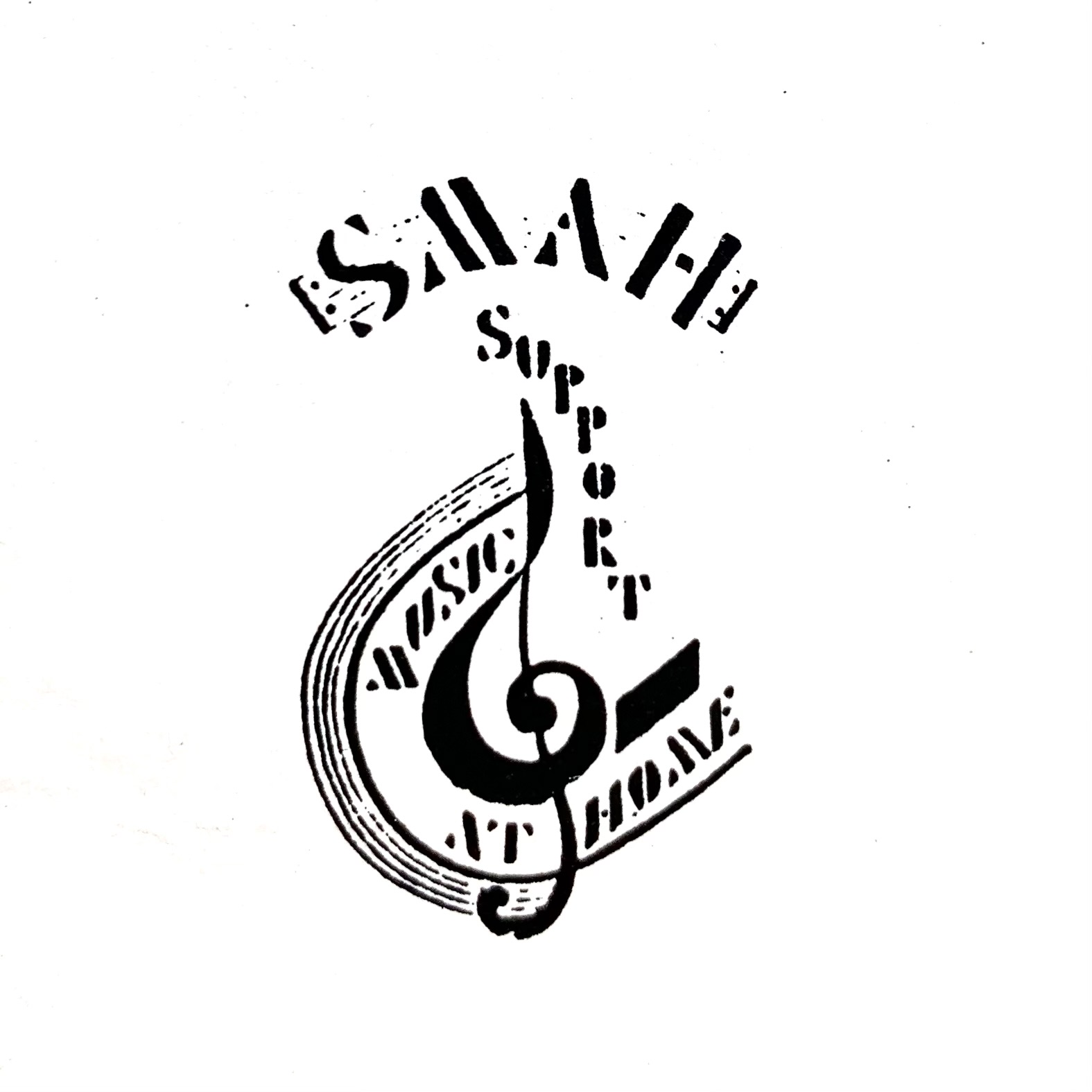

A few years ago, I stumbled across this folk album online and was immediately intrigued by its old-fashioned, unusual cover — something about it felt both out of time and deeply private.
It turned out to be an immsersive but minimal folk album by George Eustis, which carries a certain lightness, yet also a dark seriousness. Between those two moods lie passages that feel abstract, at times left open or recomposed, creating a delicate, shifting balance. For being released in 1953 it feels ahead of it's time, strangely modern in a way.
Eustis wrote most of the music himself, added his own lyrics, and even composed one song entirely on his own.
He seemed to explore every possible way of arriving at a song, and his deep sense of musical history shows — it’s a clever, honest, and quietly mesmerizing album.
During his time at Yale, George met Oakleigh Thorne II, the producer of this album, who would later go on to run Owl Records in Boulder, which later became known for the Propinquity LP — reissued years afterward by Numero Group. (Thank you guys for telling me!)
Unfortunately it's unclear where George ended up or if he is still alive.
I Hope you enjoy it as much as i do!
This find has always been kind of special to me — that little photo of the handicapped banjo player was what first drew my attention.
His sole known LP was privately pressed through RCA’s custom pressing division between 1962 and 1964, as indicated by the matrix number K8OP-6869/6870.
The music itself must have been recorded significantly earlier — probably around 1949.
Based on the pressing and where my two surviving copies were found (including one near Kankakee, IL, and the other in Milwaukee, WI), the record was most likely pressed at RCA Indianapolis.
Additional evidence, including the look and feel of the photo, strongly suggests that the cover photo was taken at the Silver Spur Saloon in Maple Park, Illinois — a small rural bar that’s been in operation since the 1950s, probably even earlier.
The wooden backdrop of the bar fits quite well.
The entire album has the feel of a personal recording — likely a home session, possibly using a reel-to-reel or acetate disc recorder, sitting in an empty Silver Spur. I have the feelings you can here cars drive by at some points.
The photo shows him with a bandaged hand, which might indicate a recent injury, suggesting this has been pressed for a specific, personal purpose.
It’s pure, minimal, and kind of hypnotic . A record that really hits the term "private". If you know anything about Gary or the Silver Spur Saloon, feel free to reach out.
I would love to unfold this story completely.
It’s such a unique recording that definitely has to tell something.
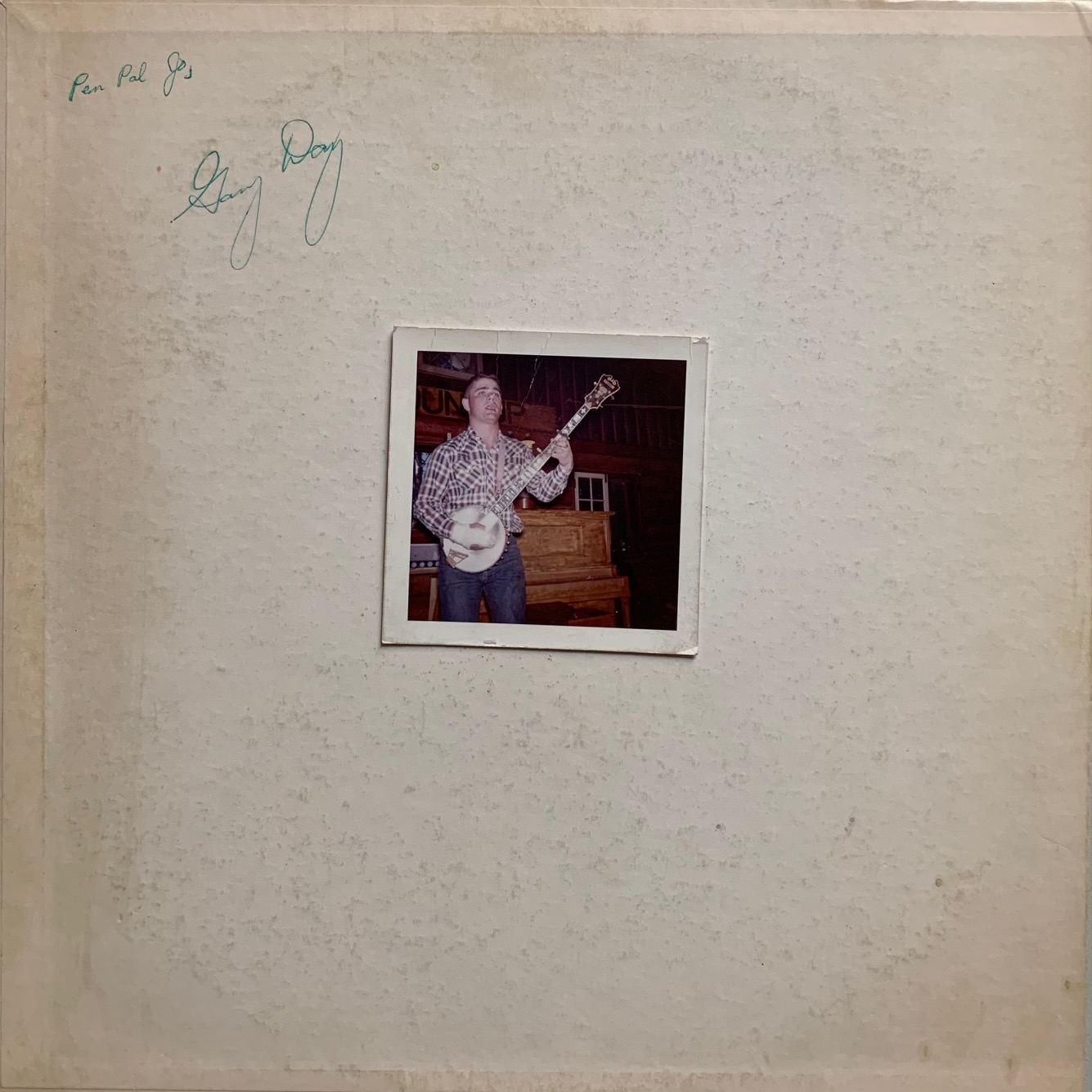
"Support Music At Home", 2003 documentary "Off the Charts", shizophrenia, where to begin with?
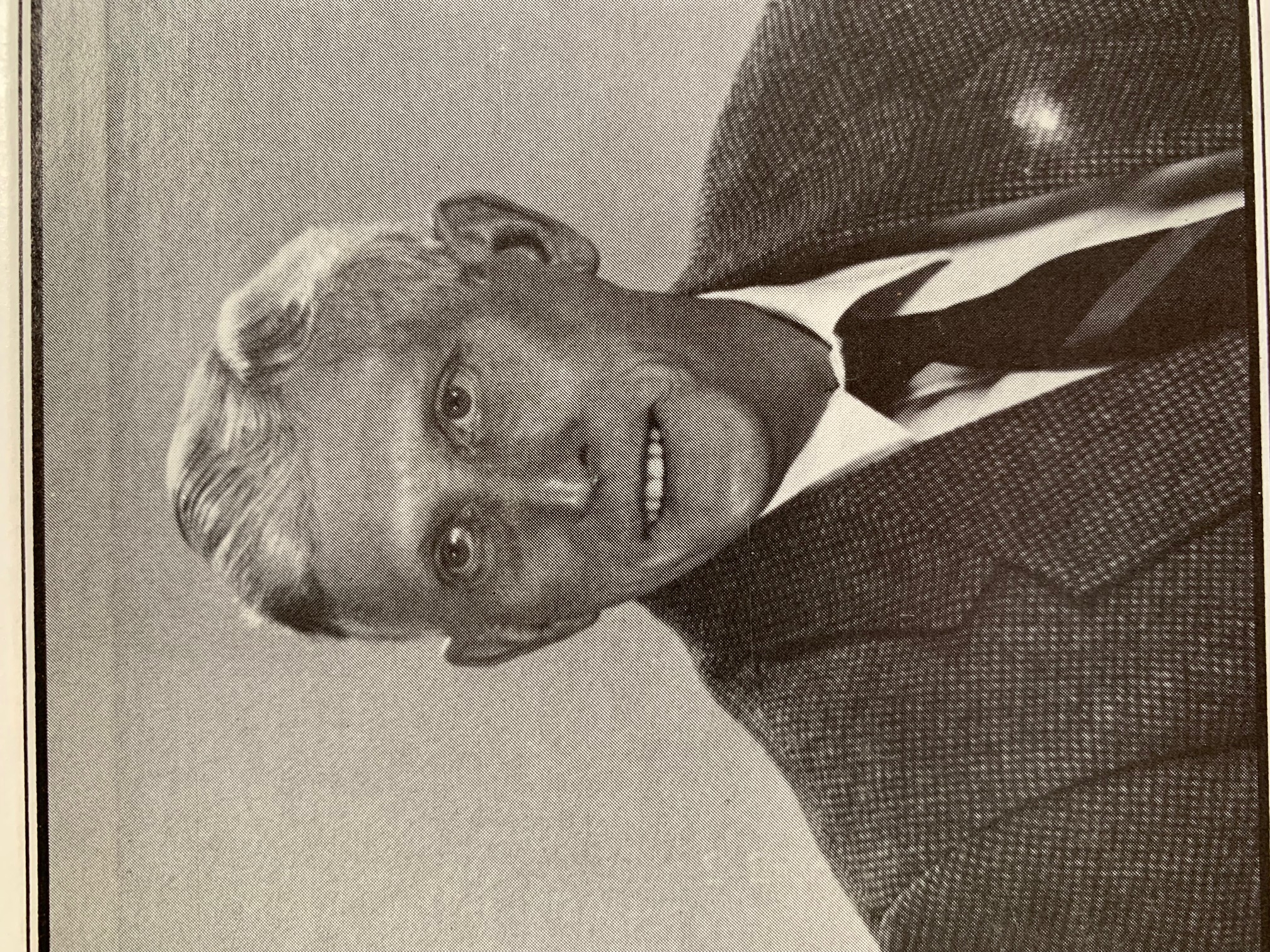
Van Garner was a man who had seen too much.
The liner notes describe a nervous breakdown, paranoia, the hollow years of self-pity and bitterness.
But out of that darkness came an idea — a dream of freedom in Religion. Garner turned the fragments of a broken mind into the outlines of a gospel-country universe that only ever existed once, on this strange and somehow indescribable private pressing from Chattanooga, Tennessee.
The music itself i would lovingly call "polyhead christo lounge" and "Support Music At Home" is probably one of the best things i ever seen written on an LP.
I would say it means a lot truly.
Everything feels slightly off and yet deeply sincere.
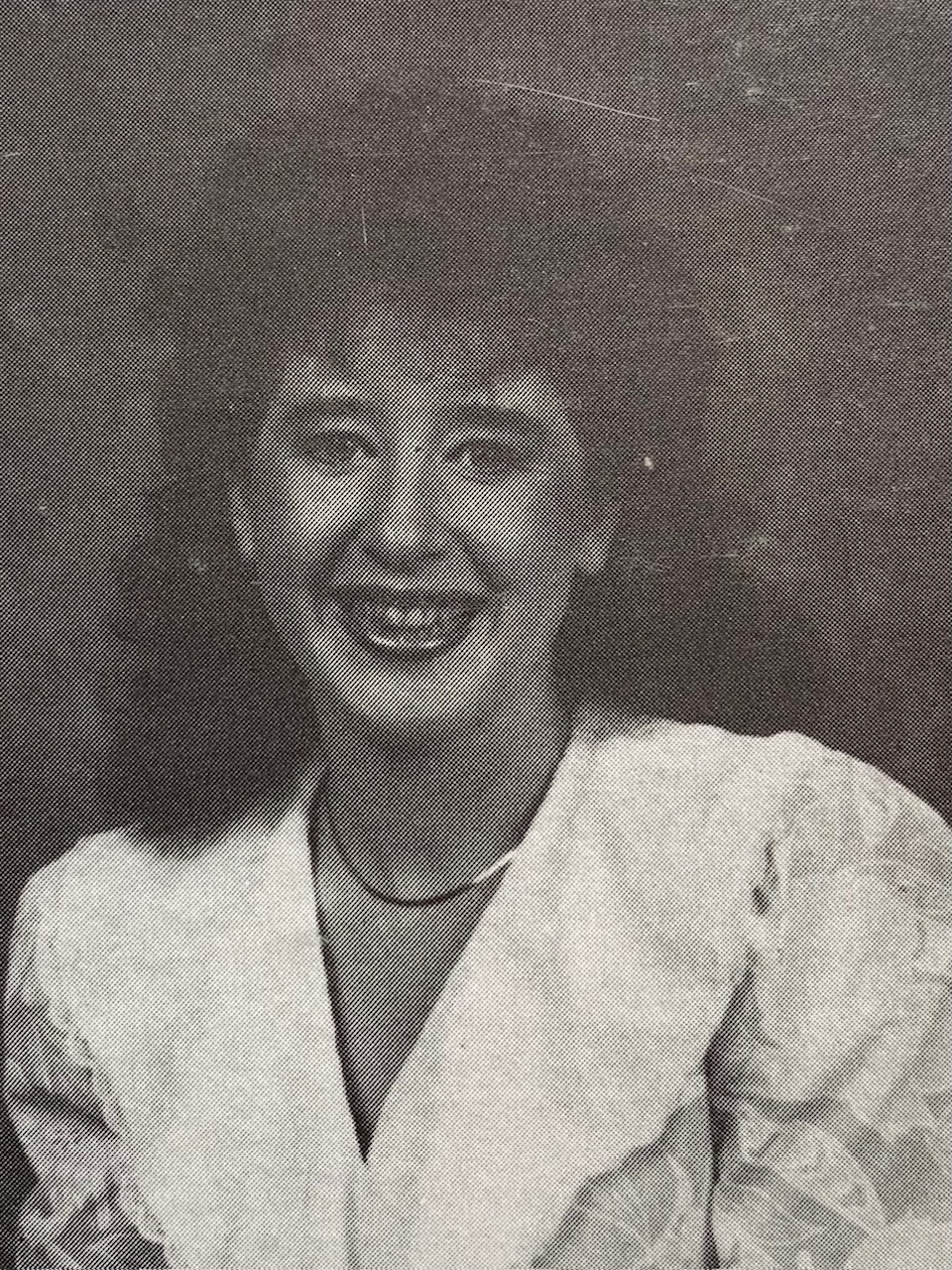
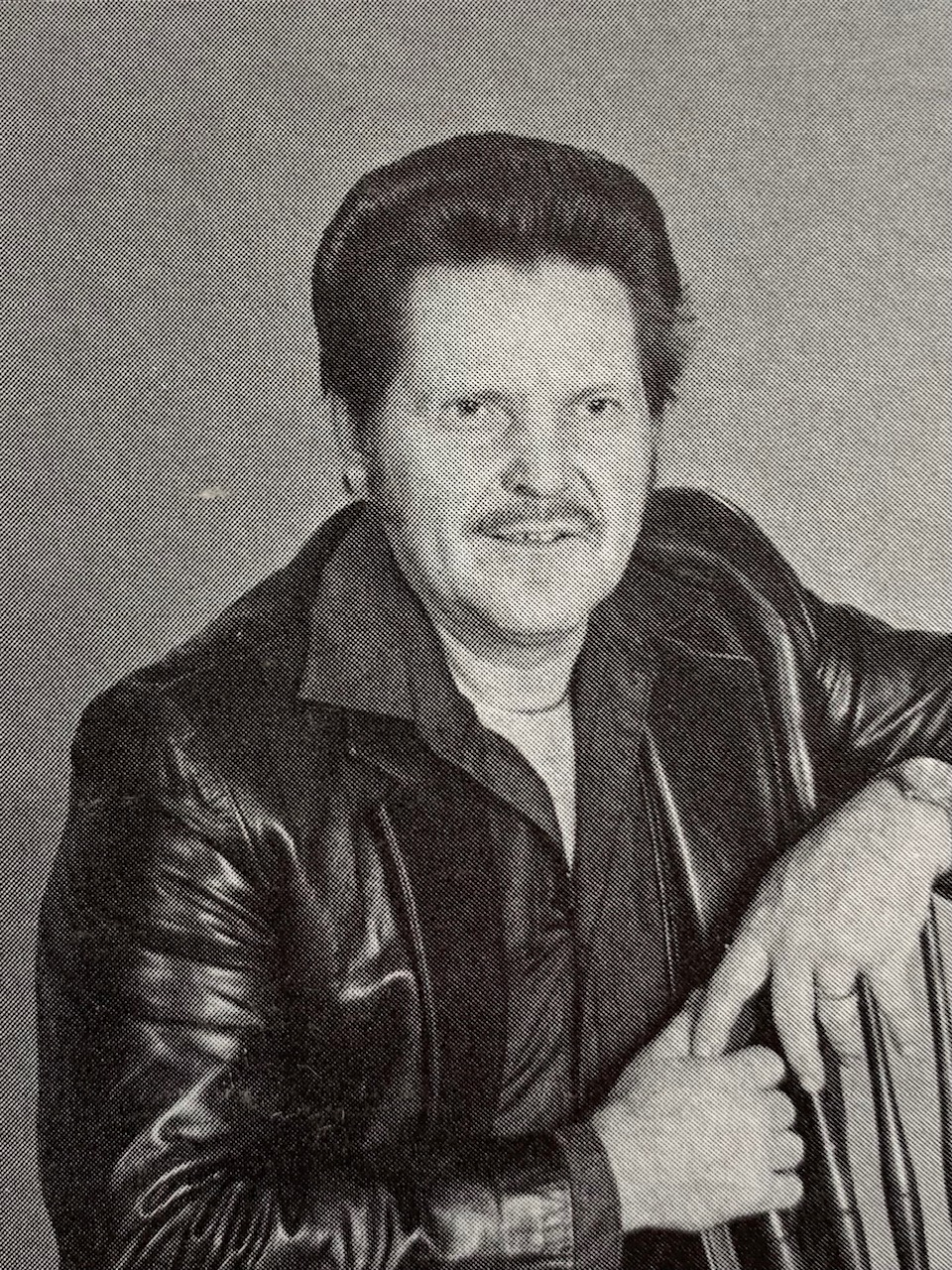
Tammy Rena' & Joe Cleve
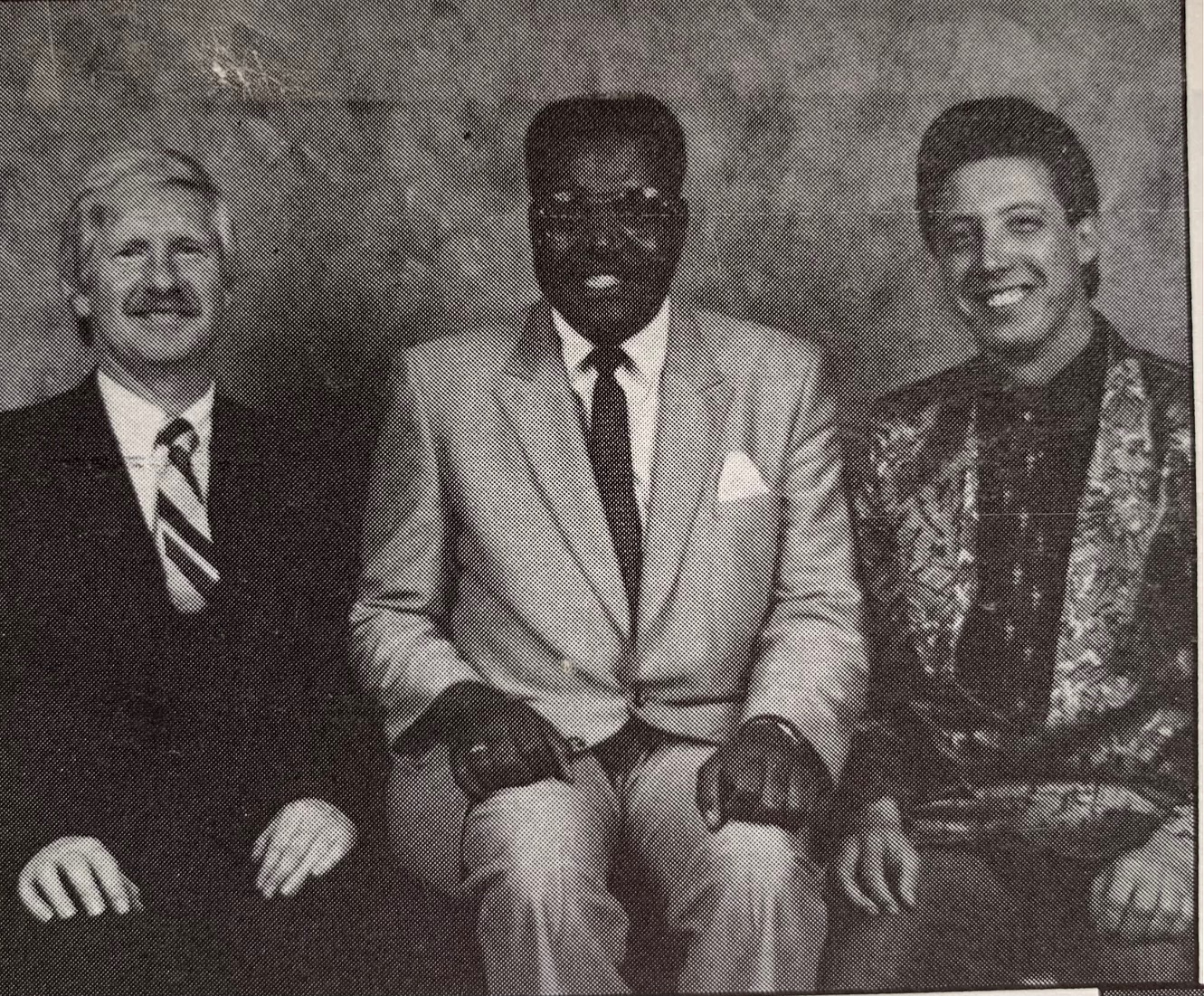
The Sho-Men
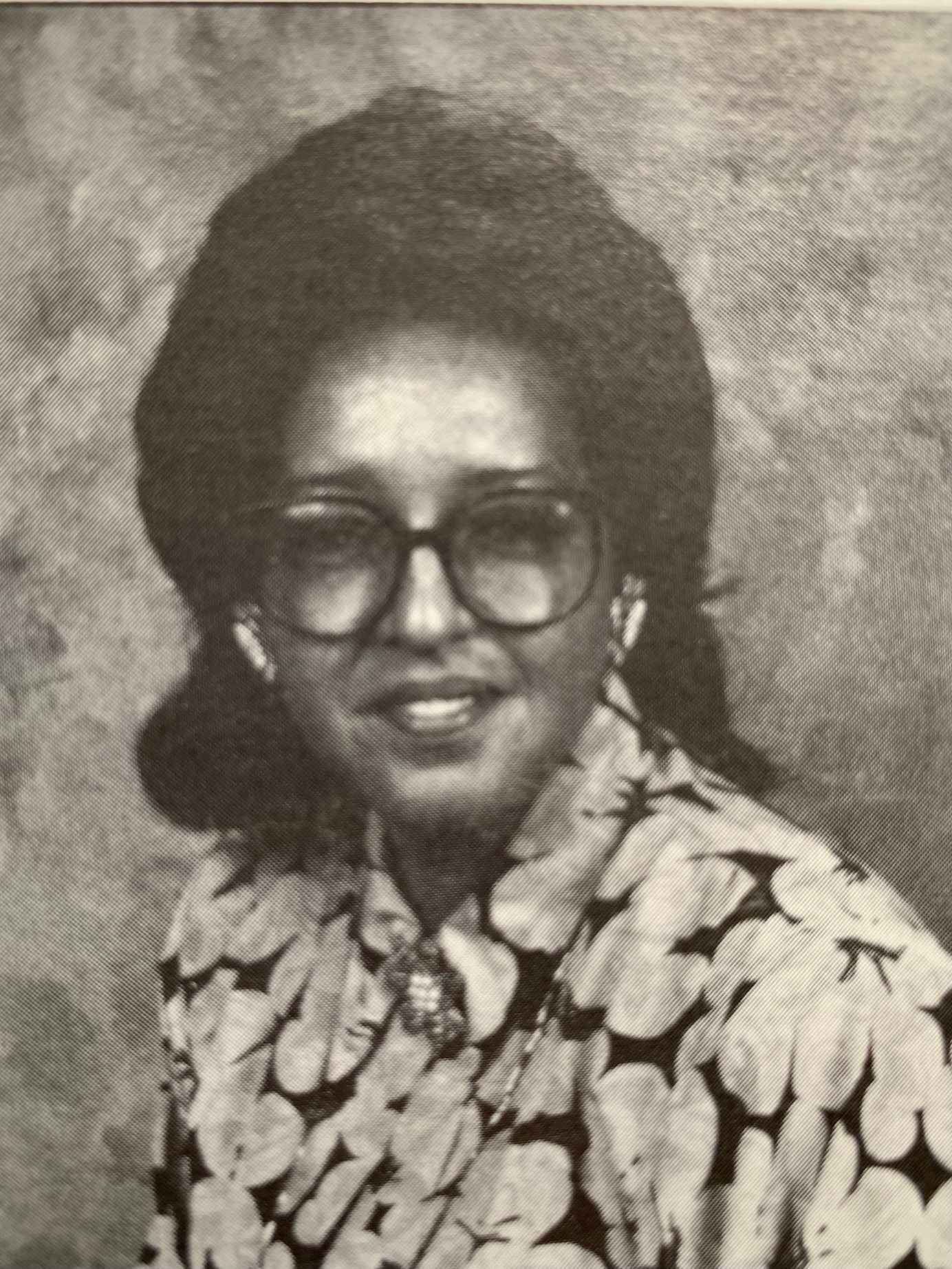
(Topaz)
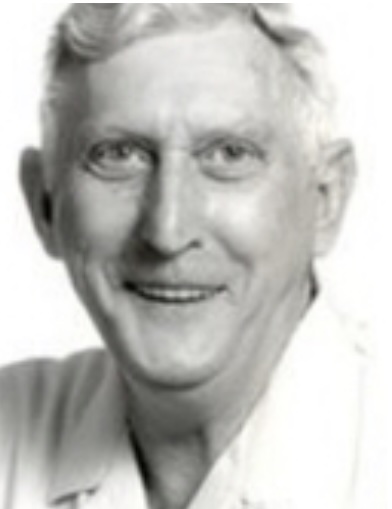
Poems by Van D. Garner:
Poetry Poem
Poetry,
The shorthand to a goal,
Portraying life's innumerable
Roles;
Its brief, tangible lines
Capture novels of the mind
Where intrigue and mystifying
Reason dwell...
Poetry,
The mind's greatest reward,
Lifting spirits where
Boredom is stored;
Each phrase carefully penned,
Equalizing foe and friend
As the poet's vision is
Tested by the tale...
Poetry,
And up thrusting oceanic swell,
Embodying one's creativity
In fresh horizons.
Decorations
Multicolored streamer, decorate the
Rough linings of intuition heralding
New beginnings where savage thoughts
Are surreptitiously hidden and life's
Dim facade is temporarily camouflaged
The joy, the excitement, the thrill
Of the party's moment transcends
Tell tale emotions and capitalizes
On the now experience.
Excess energy is spent and when the
Party is over, streamers are removed
Unveiling the true nature of introspective
Conscience, sad, alone, ever awaiting
Tomorrow's blend of gaiety when
Decorative streamers are hung once again!
Van Dee Garner died in 2010,
but Polished by the Master radiates that strange real-people holiness now!
A family portrait from Fort Lauderdale
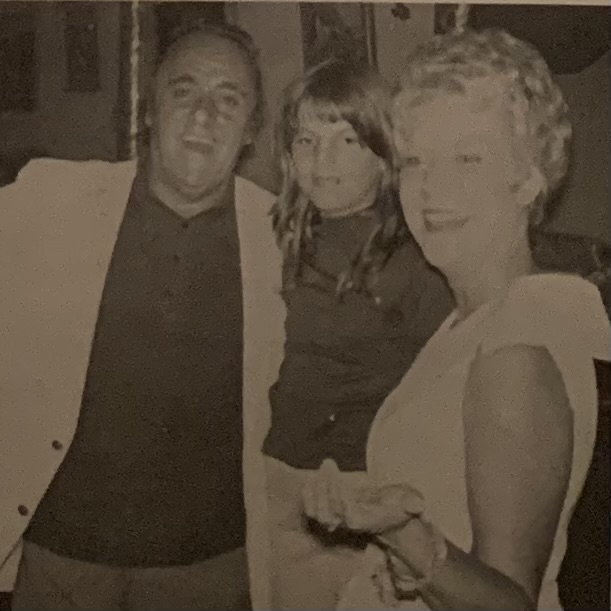
I wouldn’t call this the kind of record I usually connect with. It’s far more traditional, more classical in its expression than the music I tend to listen to or want to write about.
The voices are bright, theatrical, definitely too much at times, but hey, it's opera!
Still, there’s something about it that's quiet unique. Maybe it’s the sincerity, or the way the arrangements feel spiritual and alive.
"The Singing Caruso's – (Ray and Dorothy)", a privately pressed LP released on the Ft. Lauderdale Label "SRS International".
The cover looked like any other private lounge LP from the late ’70s — the typical sunset stock cover, some quiet typography — but the sound turned out to be something different than i hoped for.
The production is surprisingly refined: clearly a professional studio recording, with rich but rather minimal arrangements.
It’s the kind of music that unfolds in slow movements.
A restaurant that was also a stage
According to a 1982 article by Ellie Linger in the Fort Lauderdale News and Sun-Sentinel, Ray Caruso was both chef and singer at his own restaurant.
The photograph in the piece shows him in the kitchen, preparing dinner before going out to perform — “Ray Caruso cooking before stepping on stage to sing.”
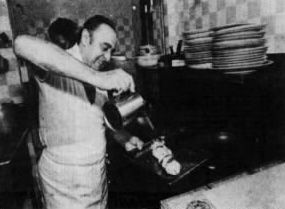
It’s a quiet, cinematic detail.
Ray and his wife Dorothy ran Caruso’s Restaurant in Boca Raton, where they sang nightly for their guests.
At the time of the article, Ray had just returned to performing after several months of radiation therapy. The tone of the piece is affectionate — not about illness, but about continuity: a man who never stopped doing what he loved.
(Source: Fort Lauderdale News and Sun-Sentinel, March 4, 1982)
Two lives woven into one
The back cover of the LP offers short biographies.
Dorothy was born in Tennessee and grew up in Chicago. She studied ballet, drama and voice, toured the U.S. for a year, and later auditioned for Ray at his restaurant.
He hired her. A year later, they were married.
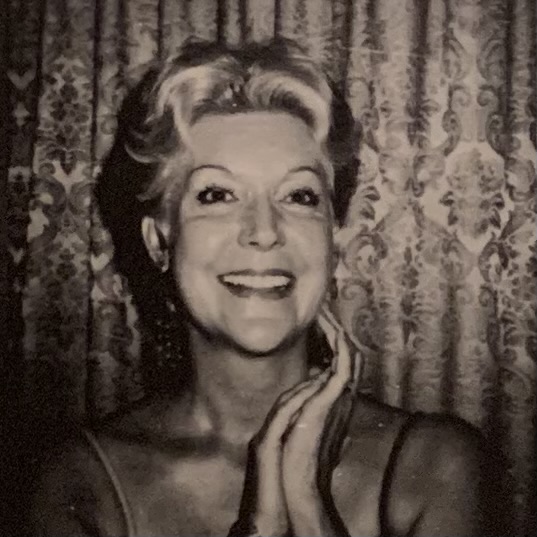
She sang with the American Opera Company in Chicago, auditioned privately at the Metropolitan Opera House in New York, and was even offered a screen test for The Jeanette MacDonald Story — which she turned down to stay home with her family.
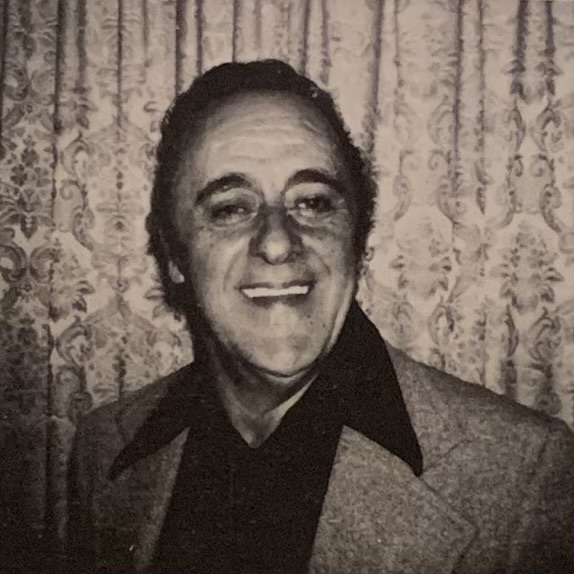
Ray’s story stretches further back. Born in Chicago, raised in Florence, Italy, he returned to the U.S. at eighteen.
He performed at the 1953 World’s Fair in Chicago’s “Italian Village” and later opened The Singer’s Rendezvous, his first restaurant — a place for musicians, theater people, and late-night wanderers. Eventually, he brought that spirit to Florida, where Caruso’s became both dinner spot and stage.
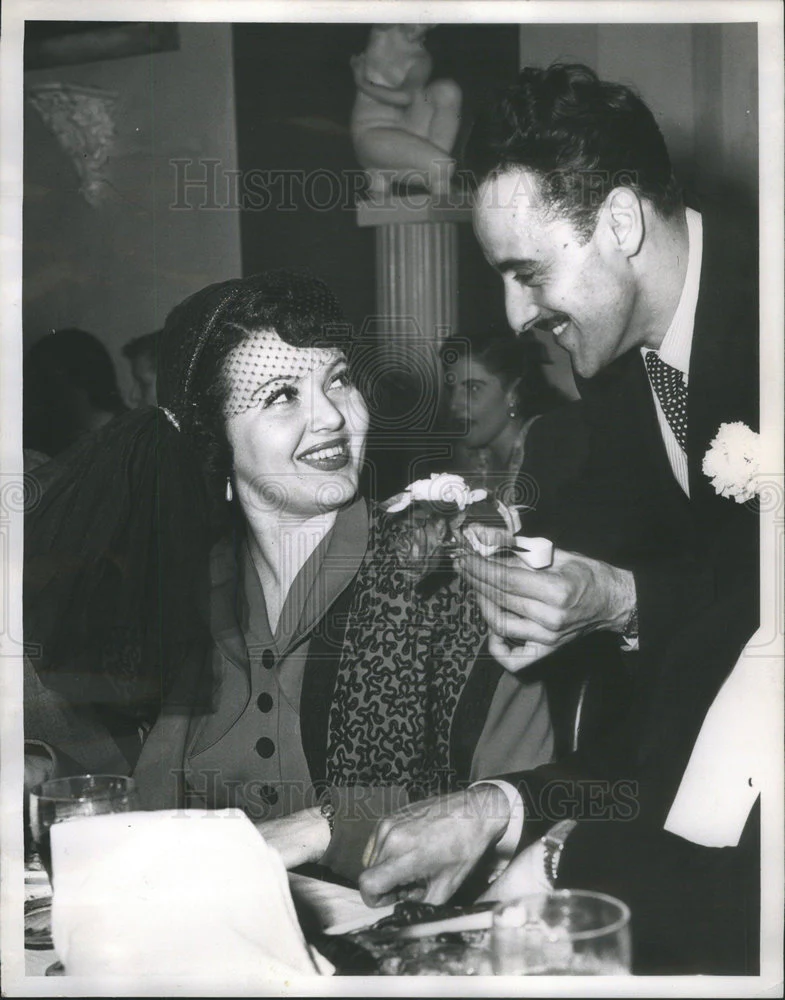
A sound between worlds
Listening to the album feels like entering the restaurant of the Caruso's.
You'll become a part of their world. And it was a shimmering and dramatic one!
There’s a sense of theater and opera, but it’s mellow and romantic.
They must have been real people in their circles, no doubt about that.
It’s music for the people who were already there — for those who came to eat, stayed to listen and knew about the prestige of their place.
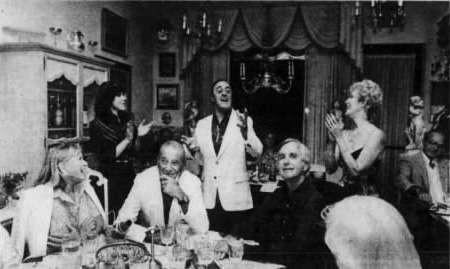
(Ray, Dorothy and Daughter, source: Ft. Lauderdale News and Sun-Sentinel)
Unfinished Dream #17 – The Lost Tapes of Rockin’ Ray Ruyack (1967–1985)
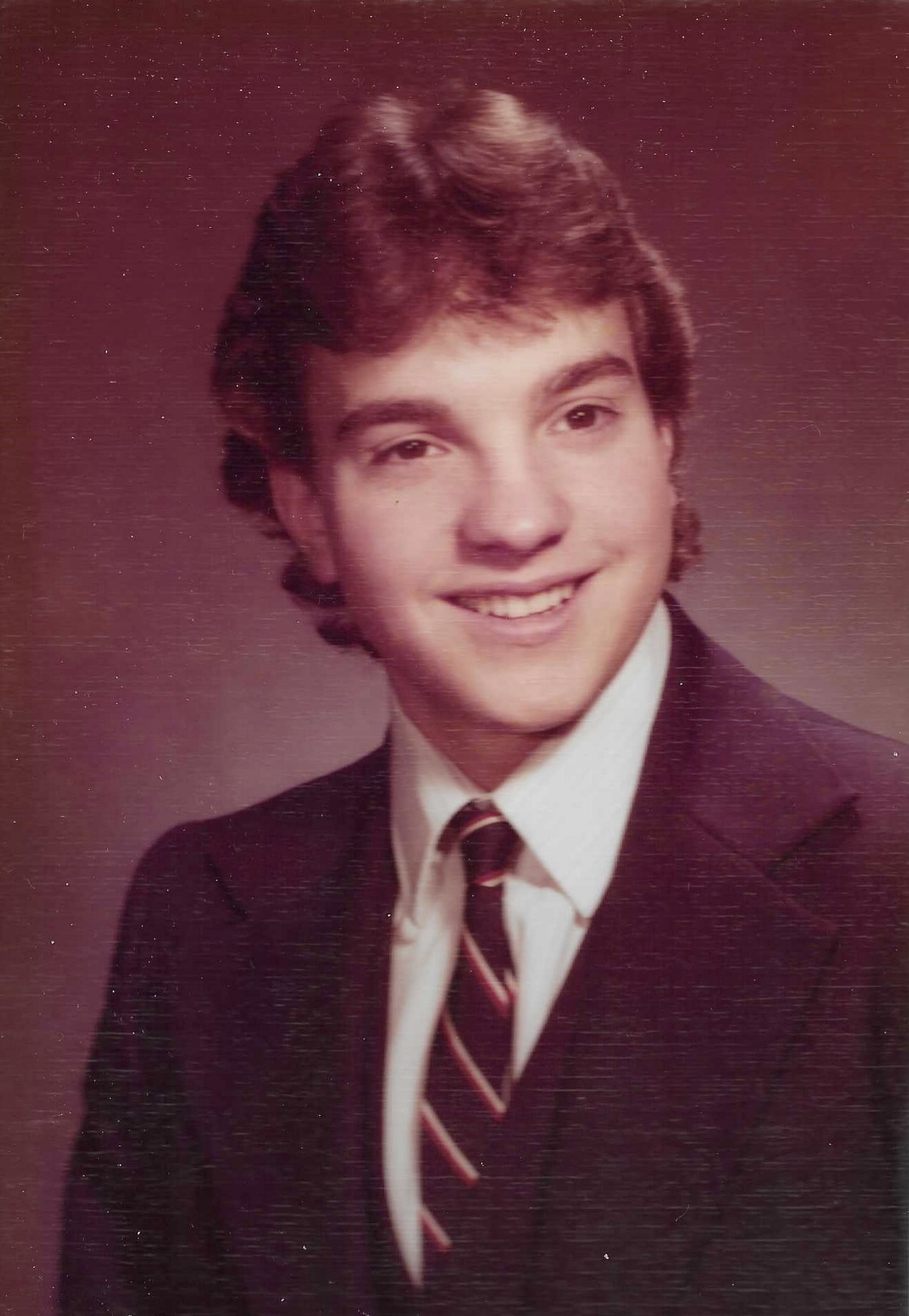
(As always for this blog, scroll down, start the music and take the ride!)
The album Unfinished Dream #17 by Raymond J. Ruyack is one of these rare time capsules that will haunt you after the first listen — a private pressing from 1986, made not as a product, but as a family’s way of keeping a memory alive.
The record never had a cover, no liner notes, no commercial ambition. Basically, it is a compilation of Ray's first home recordings, released by his brother a year after his passing.
Just a stark red label with the title, a name and an Insert which some copies came with. It carries more life than most records that ever made it to a store shelf.
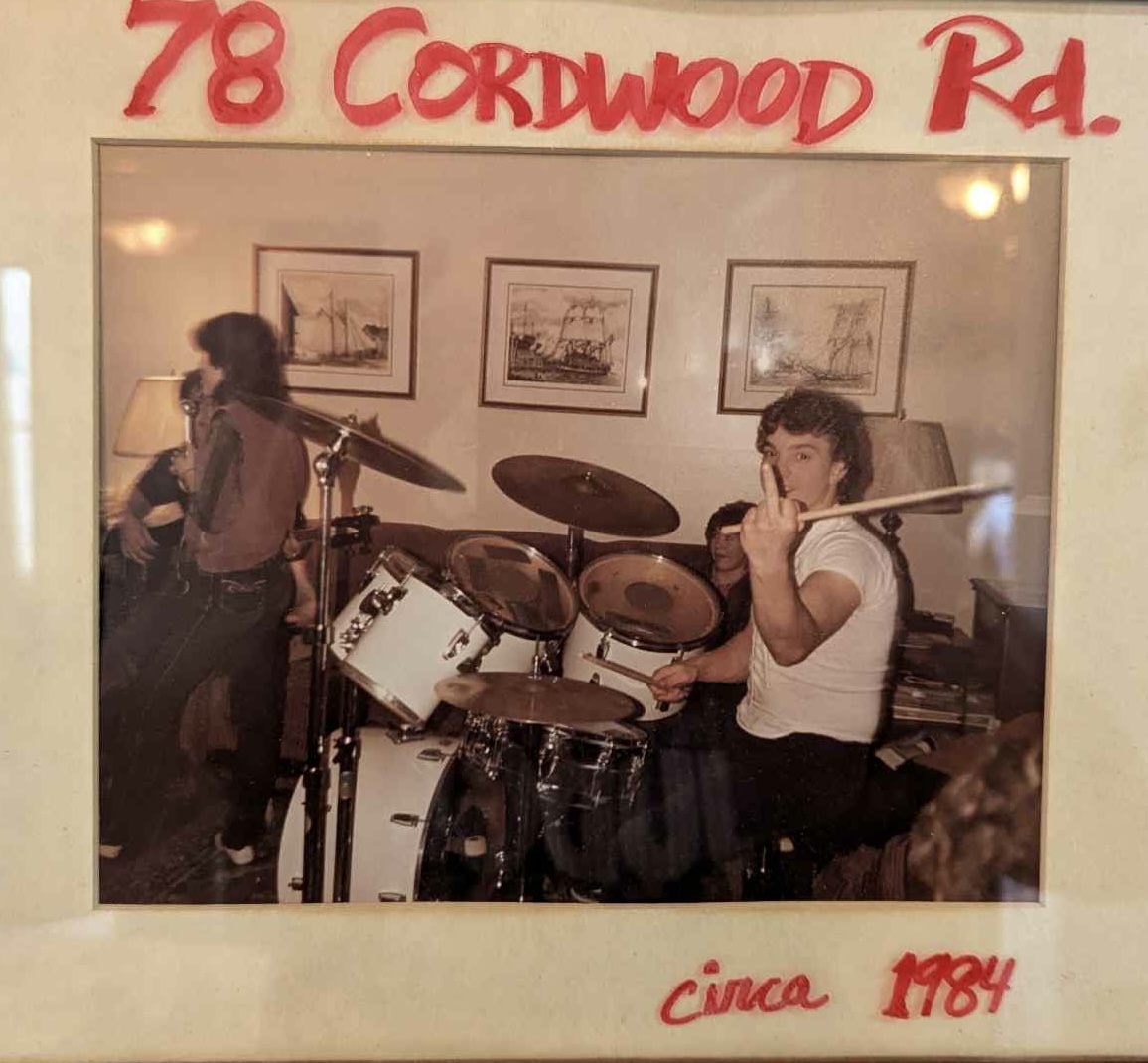
I came across this LP by chance on eBay, scrolling past hundreds of nondescript listings.
The number “17” in the title caught my attention immediately — my own birthday falls on November 17th. It’s not a sign, but sometimes details like that just catch you.
Holding the record, I had no idea whose story I was about to uncover.
What followed was the discovery of one of the most hauntingly personal albums I’ve ever heard.
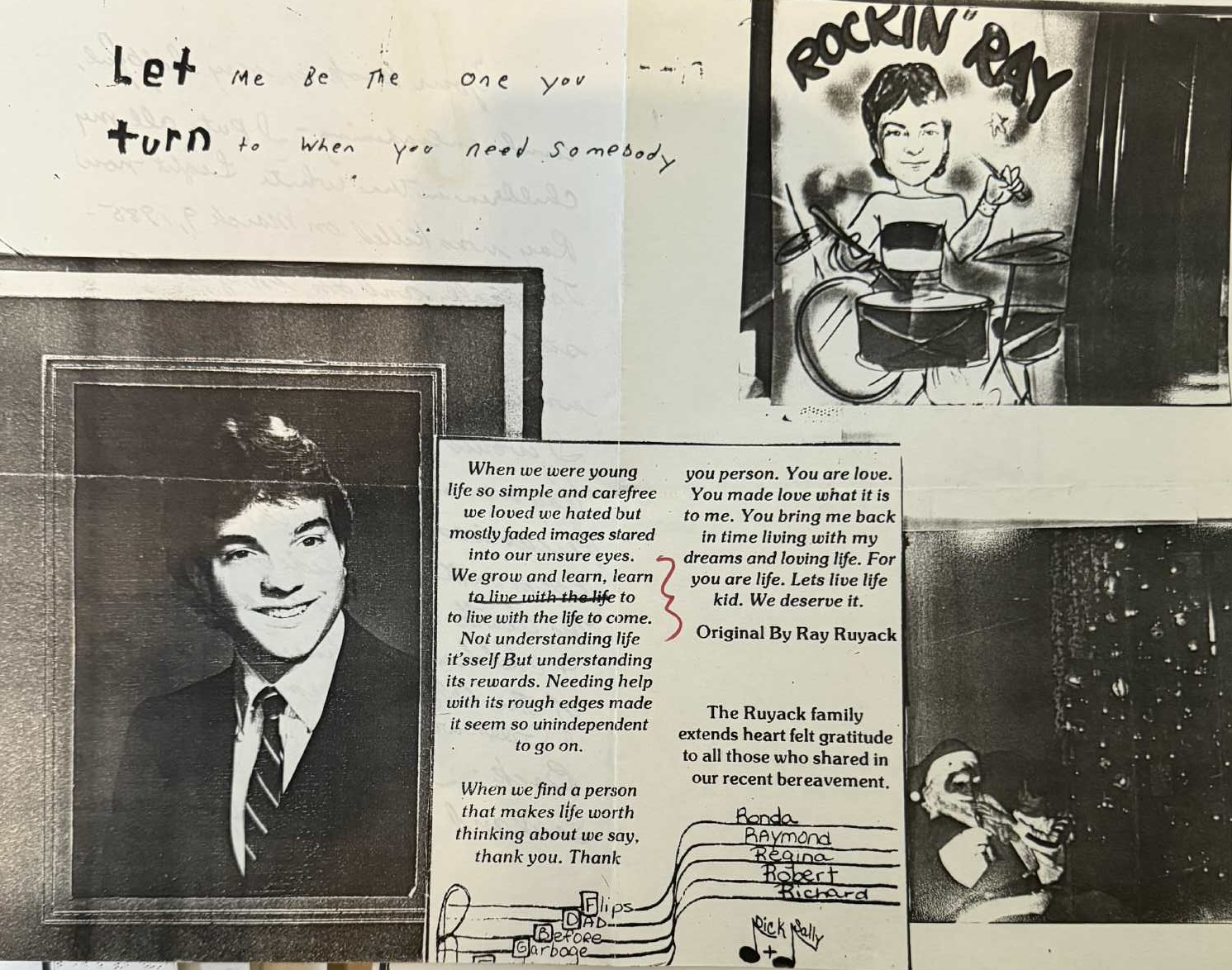
(a collage of Ray's notes and personal memories)
("Santa Ray" and Mother Sally)

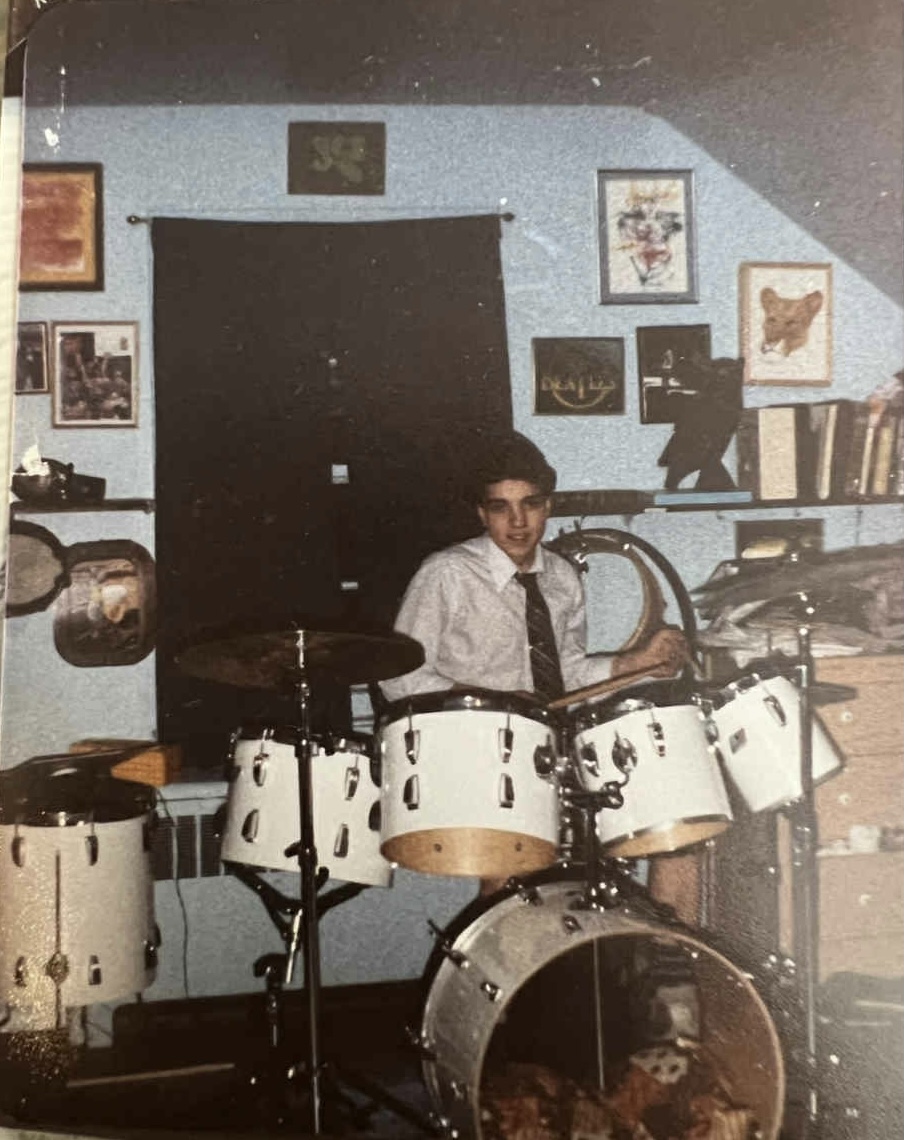

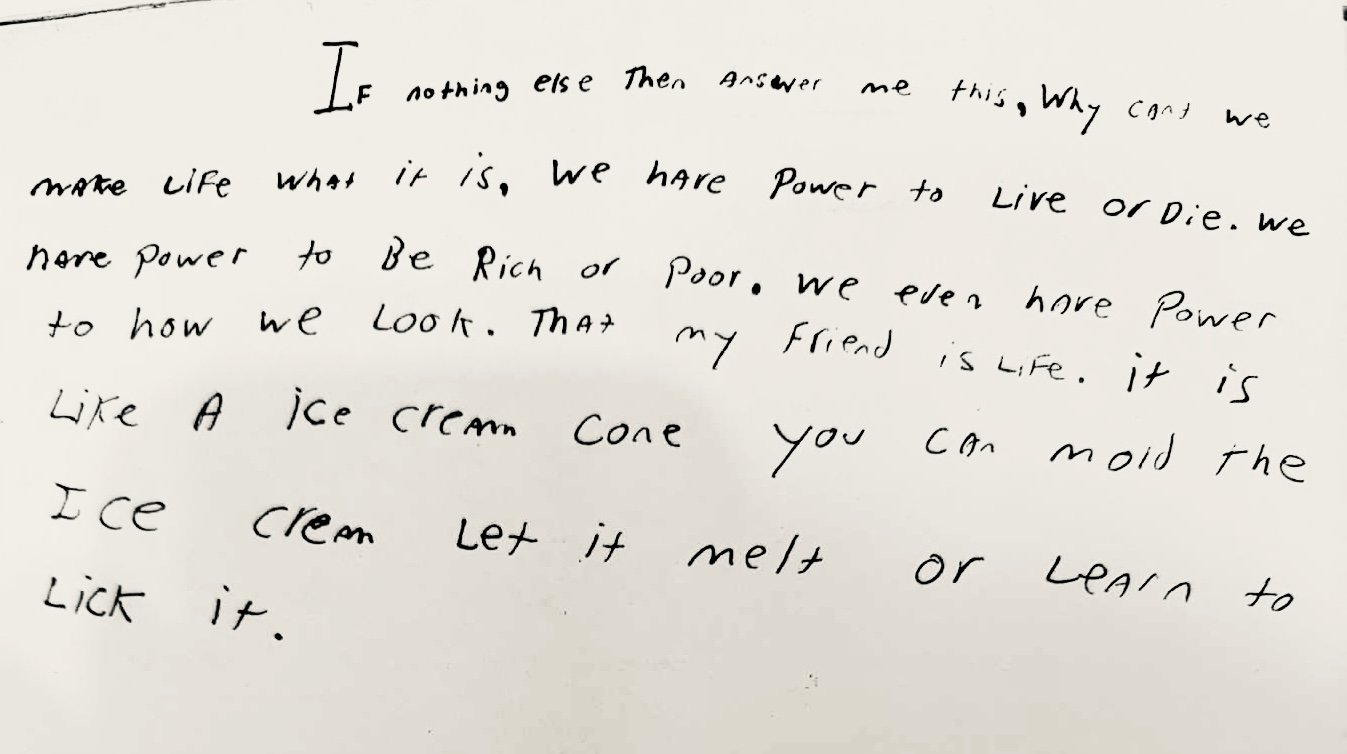

(Notes from Raymond)
The Tragedy and the Tribute
On March 9, 1985, Ray’s life was cut short. He was just 17. The accident — hit by a fellow classmate’s car — left his family devastated.
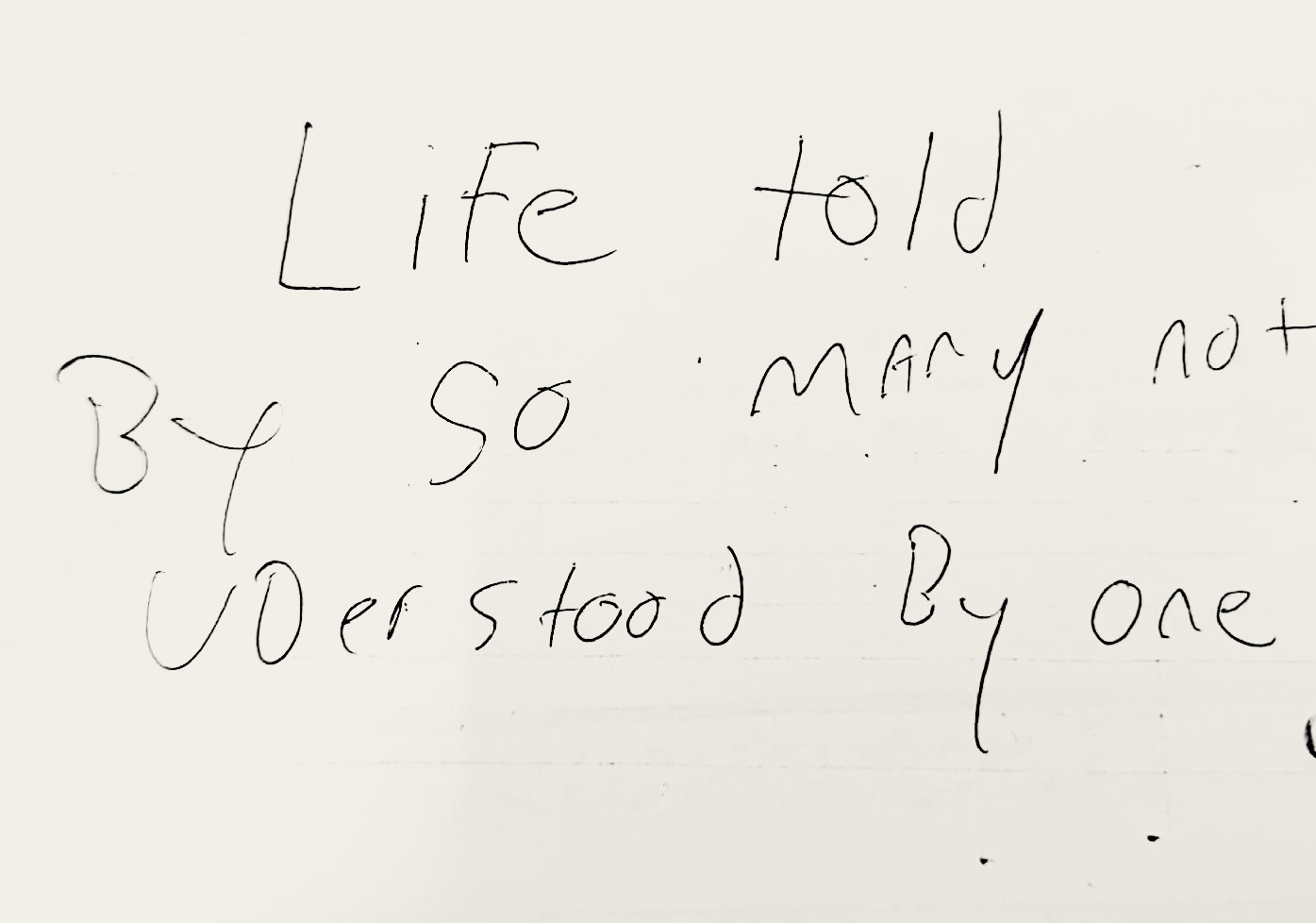
But it also sparked something.
In 1986, Ray’s brother Robert took on the task of preserving what he had left behind. With no experience in editing, he used a HiFi stereo with an equalizer, created fades manually, and pressed the album under the homemade name Roundabout Studios — a nod to his favorite YES song.
“I did NOT want to clean up the audio,” Robert later said. “That would have been disrespectful to what he left behind.”
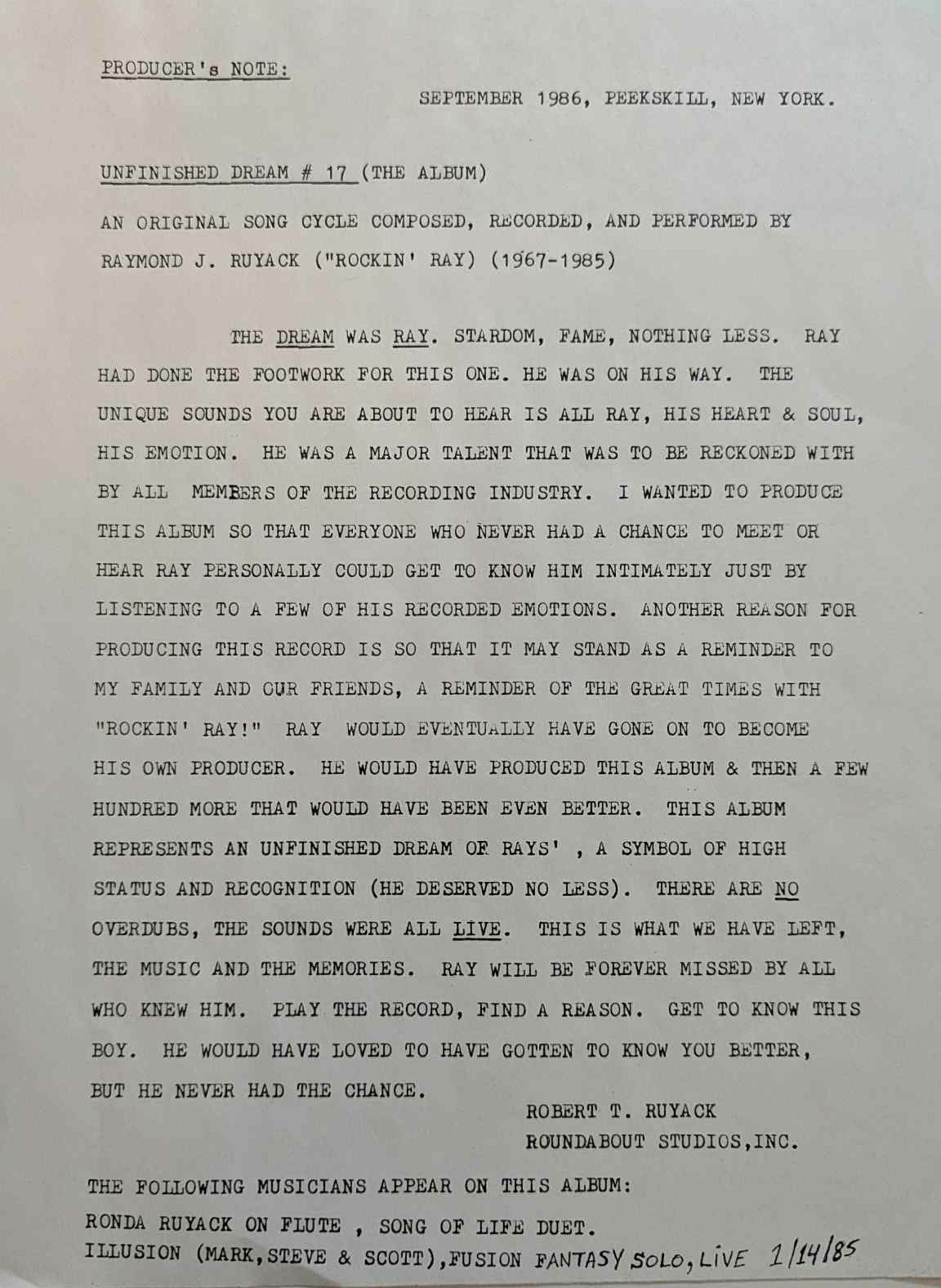
500 copies were pressed.
Around 250 were given out to classmates, family, and friends. The rest faded into boxes, basements, and memory.
No further tapes exist. This is all there is.
Ray’s siblings — Richard, Robert, Regina and Ronda — and his loving Mother Sally have kept his story alive with warmth and generosity. They shared photos, handwritten notes, memories. One simple sentence from Robert captures it all:
“He was. He IS.”
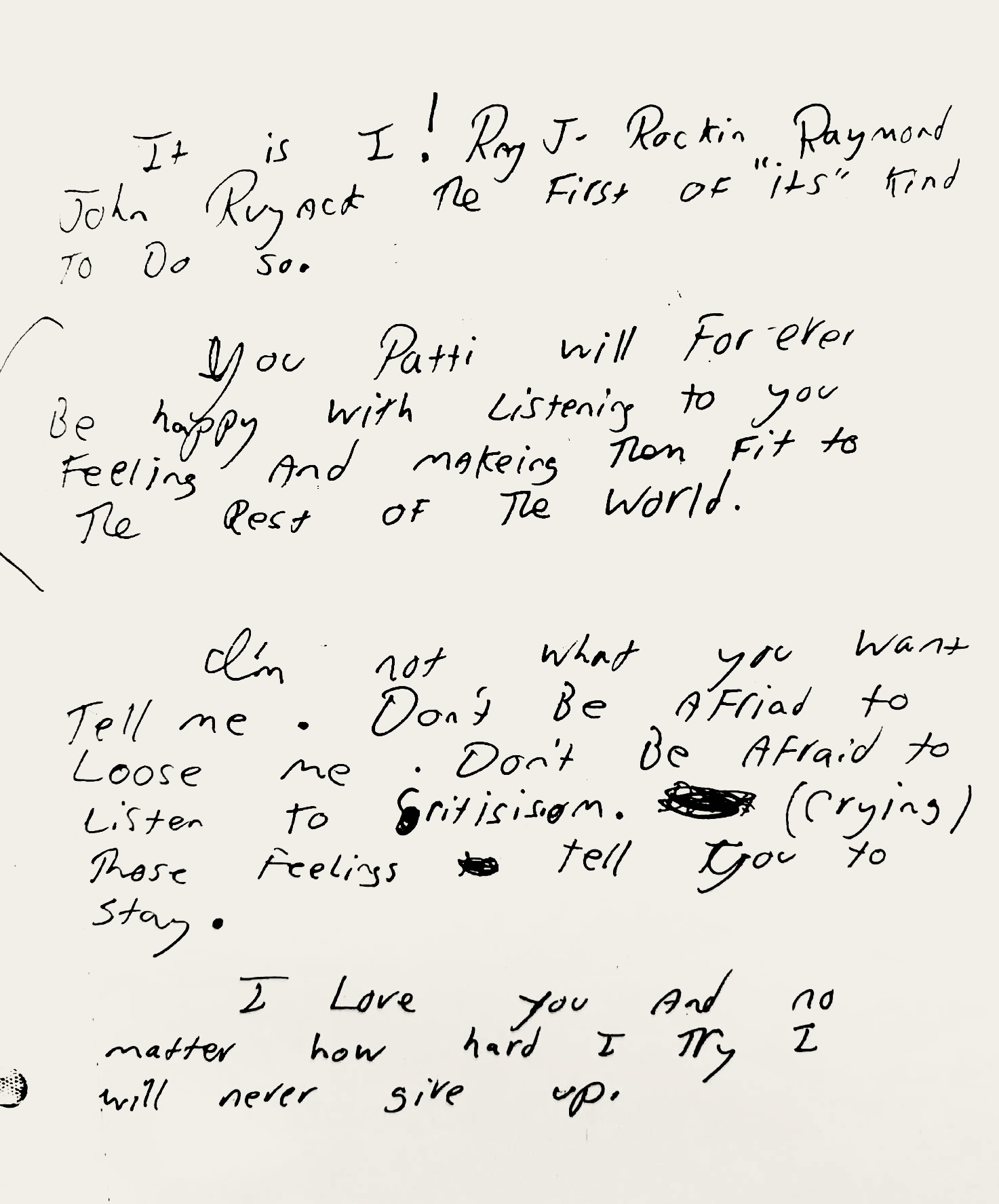
Why Unfinished Dream #17 Matters
For all its imperfections, Unfinished Dream #17 might be one of the most honest musical documents I’ve ever come across.
It’s not outsider art in the usual sense. Ray wasn’t erratic or self-destructive. He was just young. Curious. Emotional. Still becoming.
There’s a vulnerability here that goes beyond the tape hiss and background noise.
This isn’t a collection of songs — it’s a document of becoming. Unlike the swagger of his live performances, these tapes expose a raw, unfiltered kind of self-expression.
It’s that tension — between the kid flipping off the camera and the one writing lullabies for his grandma — that makes this album so human.
You hear Ray piecing things together. Repeating phrases. Starting over. Refining. It’s like sitting next to him on that piano bench in 1984, watching him figure it all out.
There’s also something deeply cinematic about the recordings — not in the sense of drama or scale, but in the subtle Americana they capture.
You can picture the suburban living room, the blinds half-open, the afternoon light coming in, the room humming softly in the background.
It feels like a scene from a coming-of-age movie, but it’s real.
Musically, the album moves somewhere between ambient, folk, and pop — without really settling. It’s not polished. It’s potential, in all its fragile beauty.
And maybe that’s what makes it special. It’s unfinished. And in that, it feels completely alive.

Epilogue: A Personal Note
When I first found Unfinished Dream #17, I didn’t know who Ray Ruyack was. I didn’t know we shared a birthday. I didn’t know how much of a heart could live inside a no-cover LP. I just knew something about it felt personal.
These kinds of records don’t come around often. They’re not made for charts or playlists. They exist because someone cared enough to preserve a moment — a fragment of life that would otherwise be lost. Not for profit. Not for hype. Just because it mattered.
Listening to Ray feels like listening to someone who’s still in the room. It’s not nostalgia. It’s presence. His breath, his touch on the keys, the quiet noises that seep into the recordings — it all makes you feel like you’ve been allowed to sit beside him, in a moment that wasn’t meant to be permanent, but somehow is.
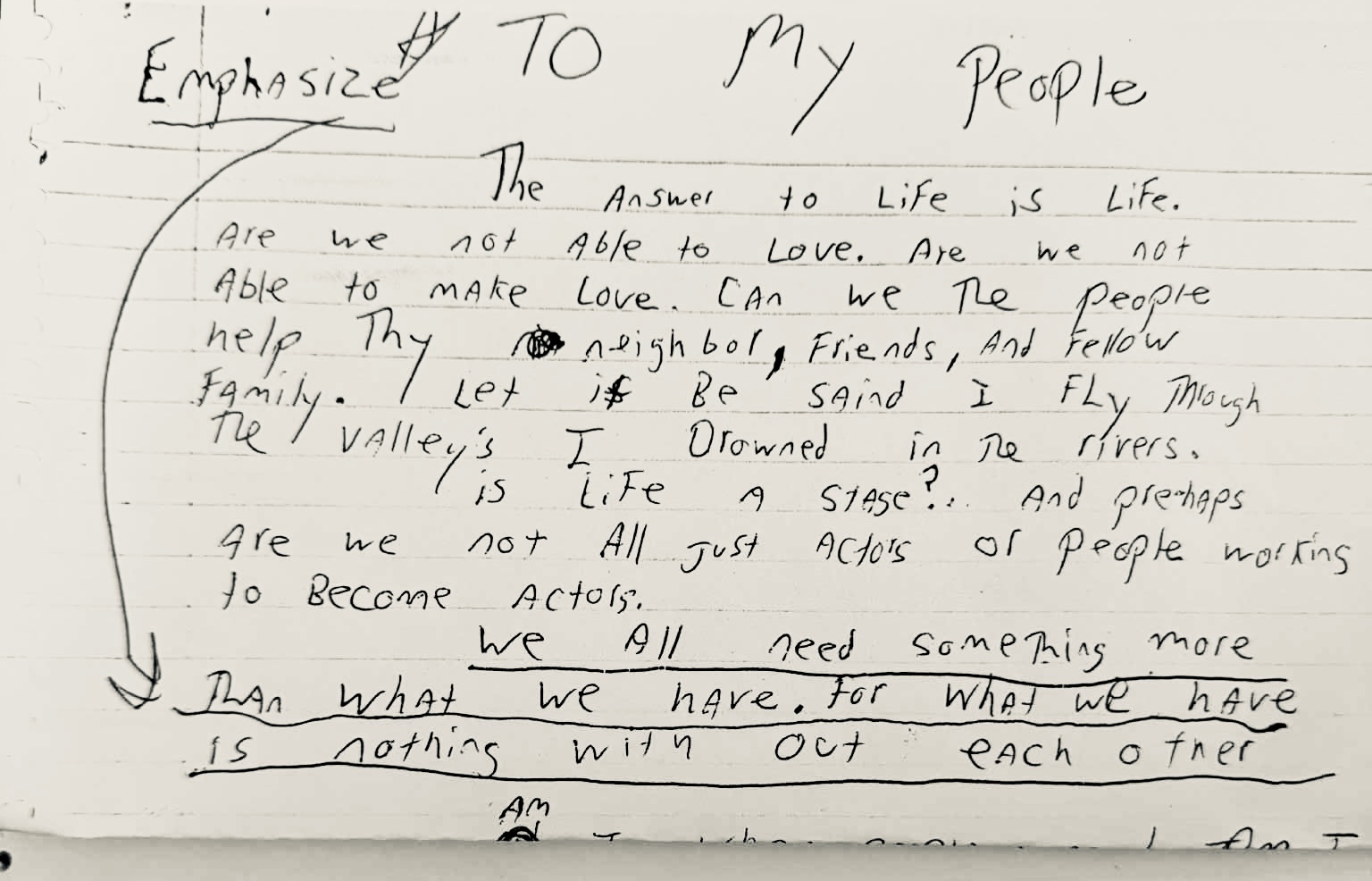
Ray Ruyack’s dream may have been unfinished.
But this record made it real.
For him.
For his family.
And now — for whoever want's to find it next.
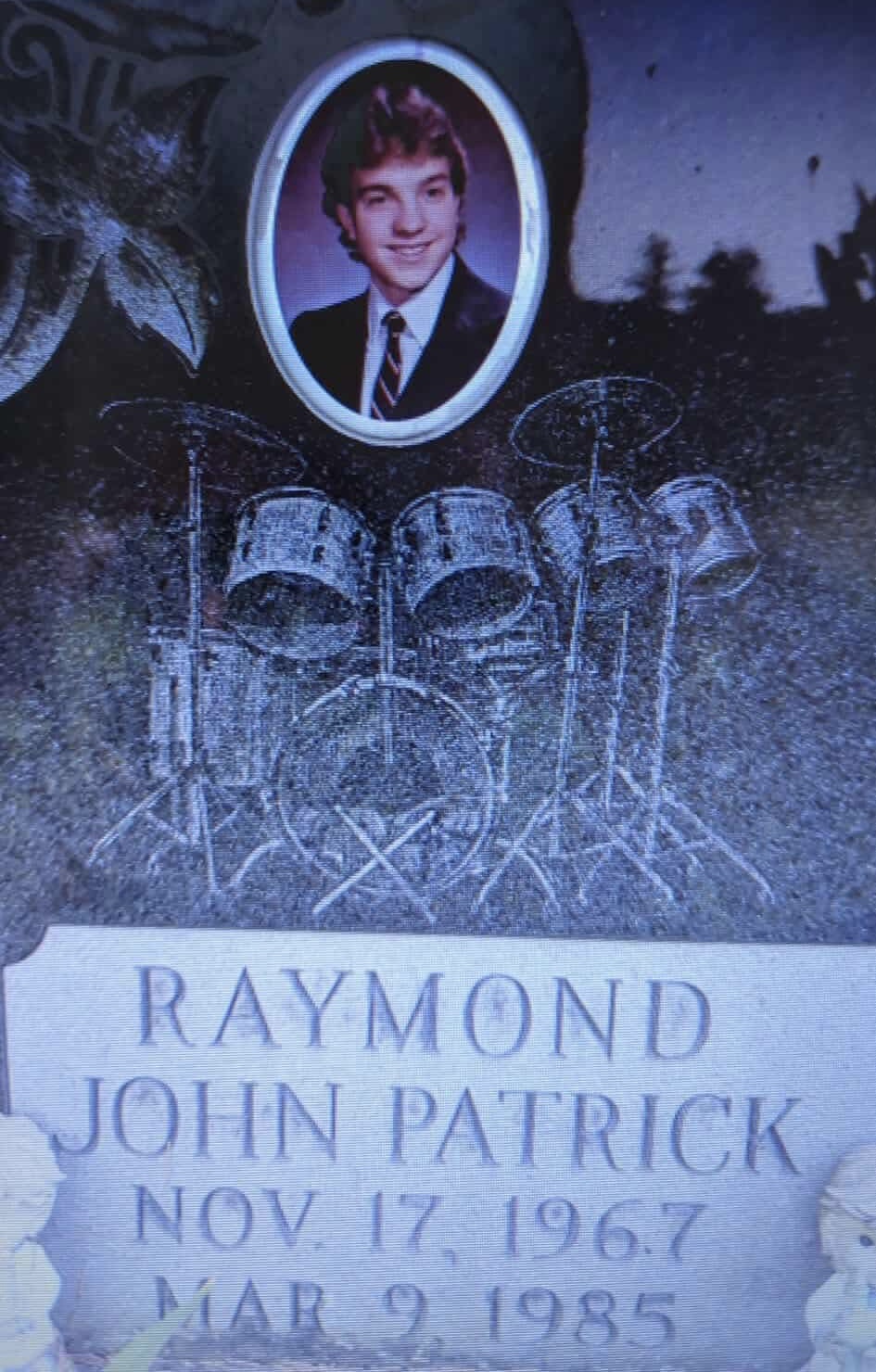
The Story of Peter “Sync” Bruno
Peter Bruno, better known by his stage name Peter Sync, is one of the many unsung voices of the 1970s—a musician whose only known recording, How About a Hand!, has been rediscovered nearly 50 years after its creation. The album offers a rare glimpse into the life of a talented yet troubled artist who never had the chance to fully share his music with the world, yet whose work carries a profound emotional weight that lingers long after the final note fades.
(Peter & his brother Spencer)
(early days of Peter playing the accordion)
The sound of How About a Hand! is a blend of pop and rock traditions, laced with the signature syncopated keyboard riffs that gave Peter his stage name, “Sync” (short for syncopation). While much of the record leans into lush horn arrangements and introspective lyricism—where themes of angels, transcendence, and gratitude suggest a spiritual dimension—two tracks stand apart as more direct pop-rock statements. It is as if the music itself became a way for Peter to search for meaning about something higher. And yet, for all the variety and craft, the songs remain unmistakably his—so much so that one can’t help but wish there were more of them to hear.
Despite its musical depth, How About a Hand! was never released commercially. The EP was pressed in a small run—likely no more than 150 copies—and distributed as a demo to producers in New York City and the surrounding area. The record’s cover, a plain white sleeve , was an intentional homage to The Beatles’ White Album—a nod to Peter’s admiration for the band’s groundbreaking work.
In the years that followed, Peter’s struggles with his mental health became more pronounced. His psychotic illness, led to numerous hospitalizations, and his ability to interact with the outside world diminished. Although music remained an ever-present part of his life, Peter’s health ultimately overshadowed his ambitions. He passed away in 2018, leaving How About a Hand! as his sole testament to his artistic vision.
(Peter & Family)
Here is "THE SPONGE".
One of the rather timeless pieces of the 80s.
A short living music project formed by some students in Massachusetts.
Wolfgang is still active as a DIY Jazz musician, doing great stuff outside the lines.
After i discovered this record, i had to do what the writing on the sleeve told me: "Call Wolfgang".
For sure, this record was made long time ago, so Wolfgang`s phone number from the sleeve, obviously, isn`t the same anymore. For my luck he moved back to Austria, so i had a good time giving him a call in mother tongue.
Here is what Wolfgang told me about THE SPONGE:
“The Sponge was a spontaneous decision.
I knew Johnny Wingstedt from Berklee College—he now lives back in Sweden—as well as Mario Horikawa, who’s now in Japan again.
We graduated from Berklee in 1986 and wanted to start a band that would play both original pieces and some cover tunes.
To find a drummer, I walked through the practice rooms and listened through the doors to hear who was playing. I knocked on one door because I liked what I heard—that’s how I met Aaron Comess. I asked him if he was interested, and he agreed.
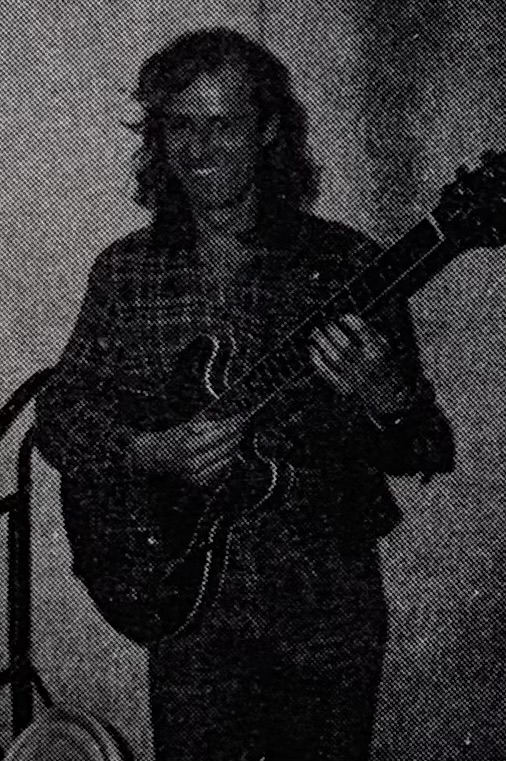
I don’t really remember how we found the singer anymore. She worked in some office at the college at the time.
So I booked a studio for 10 hours.
We used the time to set up, record three songs, and mix. Everything happened very quickly, and of course, the quality suffered because of that.
We selected two tracks for a single. But since the total playtime was too long for 45 rpm, we had them pressed at 33 rpm instead. I always wanted to remix the recordings, but I kept putting it off.…”
Wolfgang's Website
Bandcamp
Some records don’t need to be loud to leave a lasting mark.
Waves by Gary Davidson is one of those albums.
A quietly shimmering piece of folk-infused soft rock that lingered in obscurity for over four decades, until it unexpectedly resurfaced.
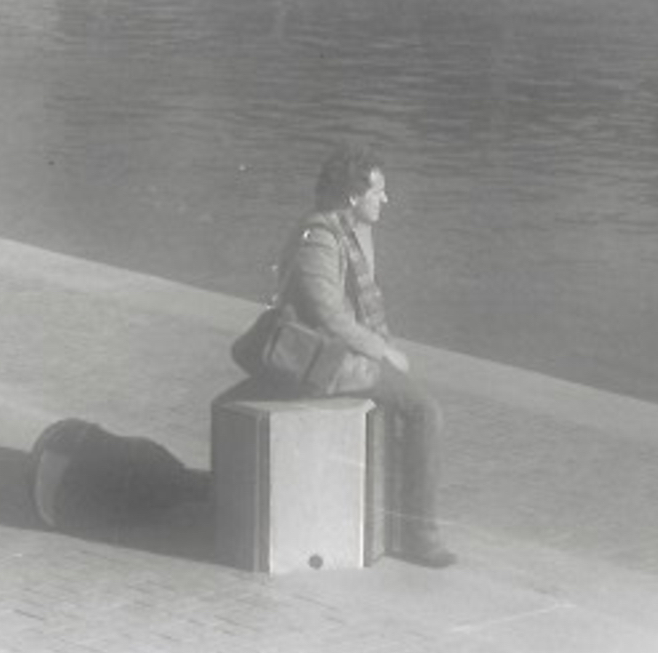
Waves offers all the hallmarks of a late ’70s / early ’80s AOR-leaning folk-rock album — smooth production, melodic guitar lines, space between the instruments.
But beneath the surface, the album carries a different weight.
Instead of confident bravado, there’s a subtle, searching quality in both voice and lyrics — not uncertain, but reflective.
It’s the sound of someone trying to understand, rather than impress.
The more one listens, the clearer it becomes that this is the work of someone who valued honesty above polish.
Reflecting his way through early adulthood, relationships, and the tension between inner life and outer expectations.
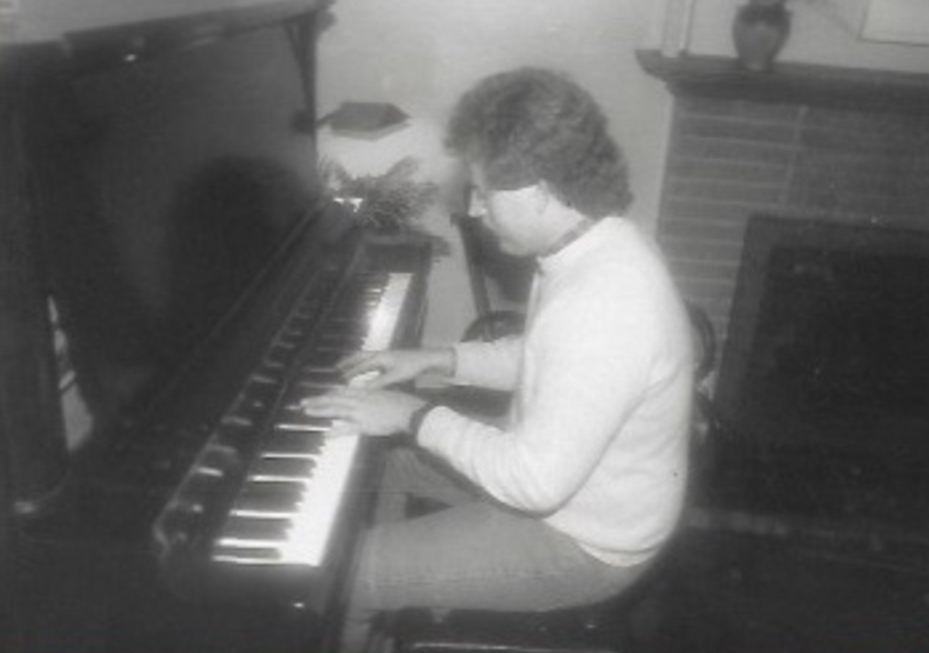
Gary Davidson was born in 1956 and grew up in southern California.
In 1970, at age 14, he moved with his family to Colorado — the place that would later become the creative backdrop for Waves.
He began writing songs at around 18, many of them about love, intimacy, and emotional complexity — particularly shaped by his relationship with his then-girlfriend Sheila.
By Gary’s own account, he was a shy, quiet person — someone who didn’t feel comfortable performing in front of large audiences.
He preferred smaller, more intimate settings — a tendency that shaped the entire spirit of Waves.
Live shows were rare, but not entirely absent.
Over the years, he played at several coffeehouses as a duo with his friend David Reimer — the guitarist who also contributed to Waves.
Though they didn’t perform regularly, these appearances offered a glimpse into the atmosphere the record captured: gentle, direct, and unguarded.
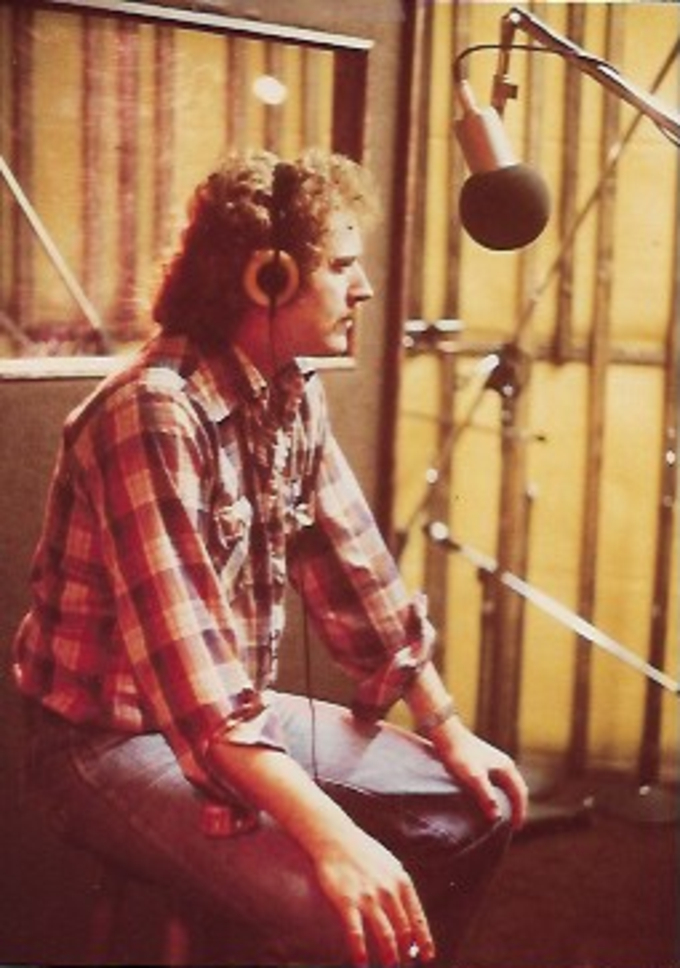
In 1979, Gary’s older brother Randy Carl Davidson opened One Stop Records, a store in Lake Tahoe, California.
The following year, Gary went west to work there.
It was Randy — described by Gary as a strong believer in his talent — who would ultimately help raise the funds to record Waves.
But the store’s success was short-lived: a large chain, Peaches, opened in the same mall and forced them out of business.
Gary returned to Colorado — and soon after, the recording process began.
The album was recorded across two or three months in 1981, during over 80 hours of sessions.
Tracking was done at the American Recording Studio with Dan Diamond as the engineer. Mixing and mastering took place at the Aspen Recording Society studio, with Richie Cicero engineering.
Aspen Studios was a modest but well-regarded studio located in a business park in Aspen, Colorado.
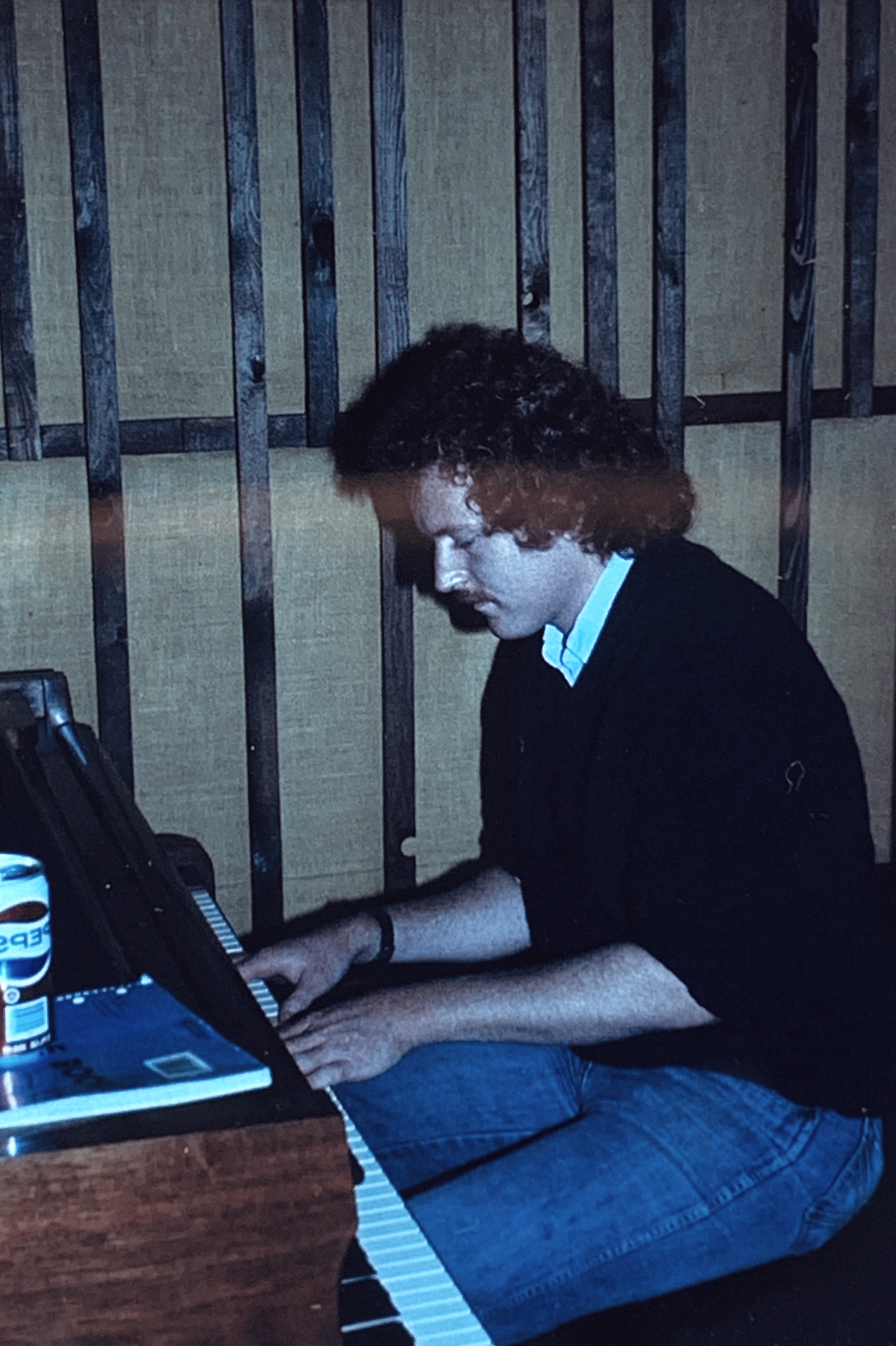
Gary composed all the material himself and played all the guitar parts on the album — despite some promotional photos showing him at the piano.
He clarified later that while he sometimes composes at the piano, he didn’t play any keys on Waves.
His songwriting process was described as intuitive: the melodies would appear, and he’d follow them with focused attention, so they would build up theirselves in his mind.

One of the album’s emotional high points is "Awhile", a song that also appears on his SoundCloud.
In a public comment under the track, Gary reflected:
“I can’t believe I recorded with such a great bassist, Billy Rich. My good friend Carl Gonzalez set it up. How lucky.
Unfortunately, I was not old enough or smart enough to appreciate the experience he had.
All I knew was he was a pretty good bass player – and he was.
What a numbskull I was. Oh well, such is life.
In case you are wondering who Billy Rich is – here are some folks he recorded with:
Jimi Hendrix, Paul Butterfield, Taj Mahal, Buddy Miles, Journey, Seals & Crofts, John McLaughlin – to name a few.
Wow, right?
Anyway – this was Billy’s favorite track.”
That anecdote is just one of many from the Waves sessions.
Another came during the recording of "A Woman’s Dream", when Gary struggled to nail a vocal take.
Legendary bassist Charles Burrell, who also played on the record, finally called out:
“You ain’t no Caruso, just sing the damn song!”
Gary did — and the take stayed.
(Note: Gary isn’t sure Charles Burrell was ever known specifically as a conductor.)
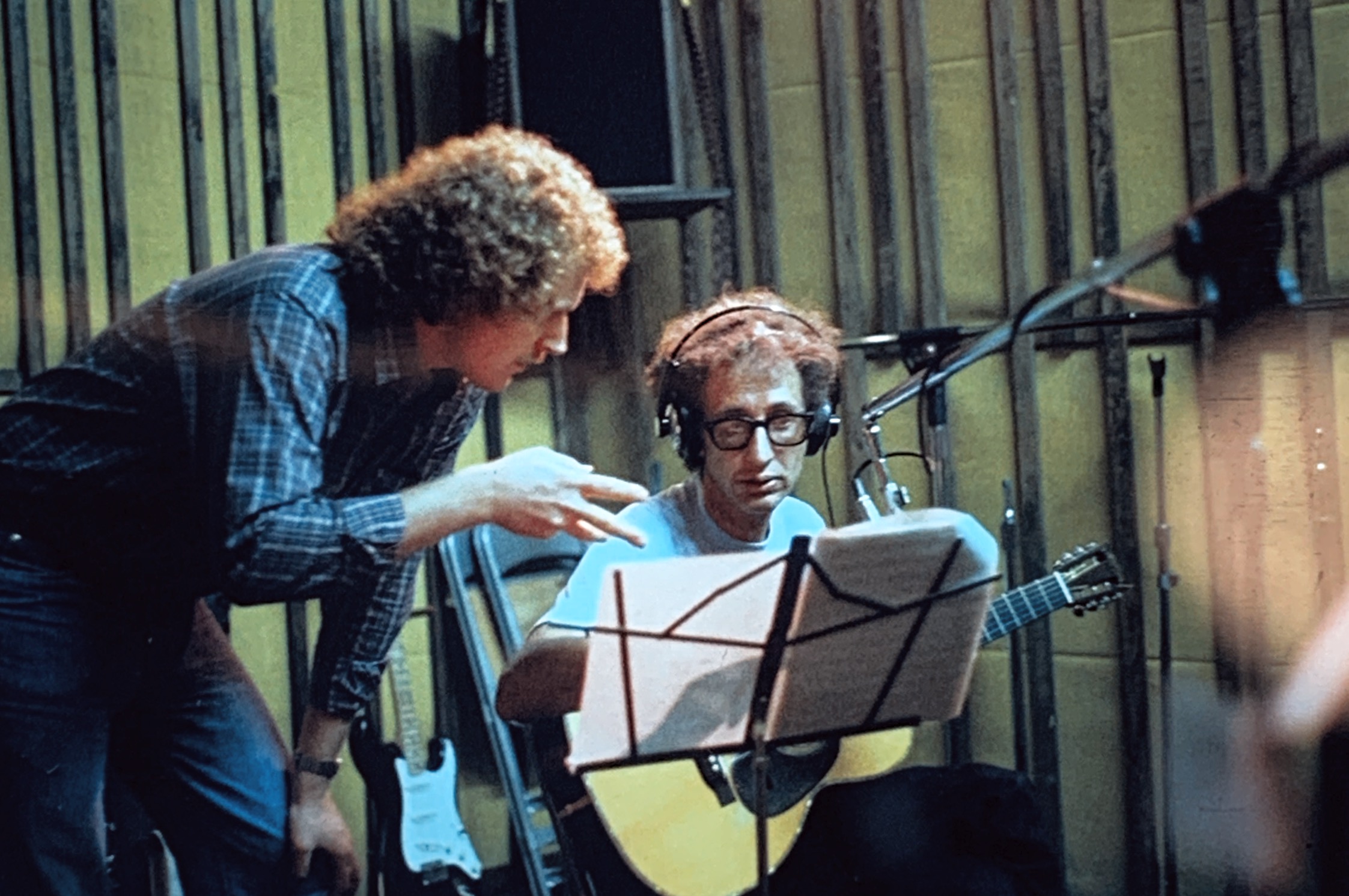
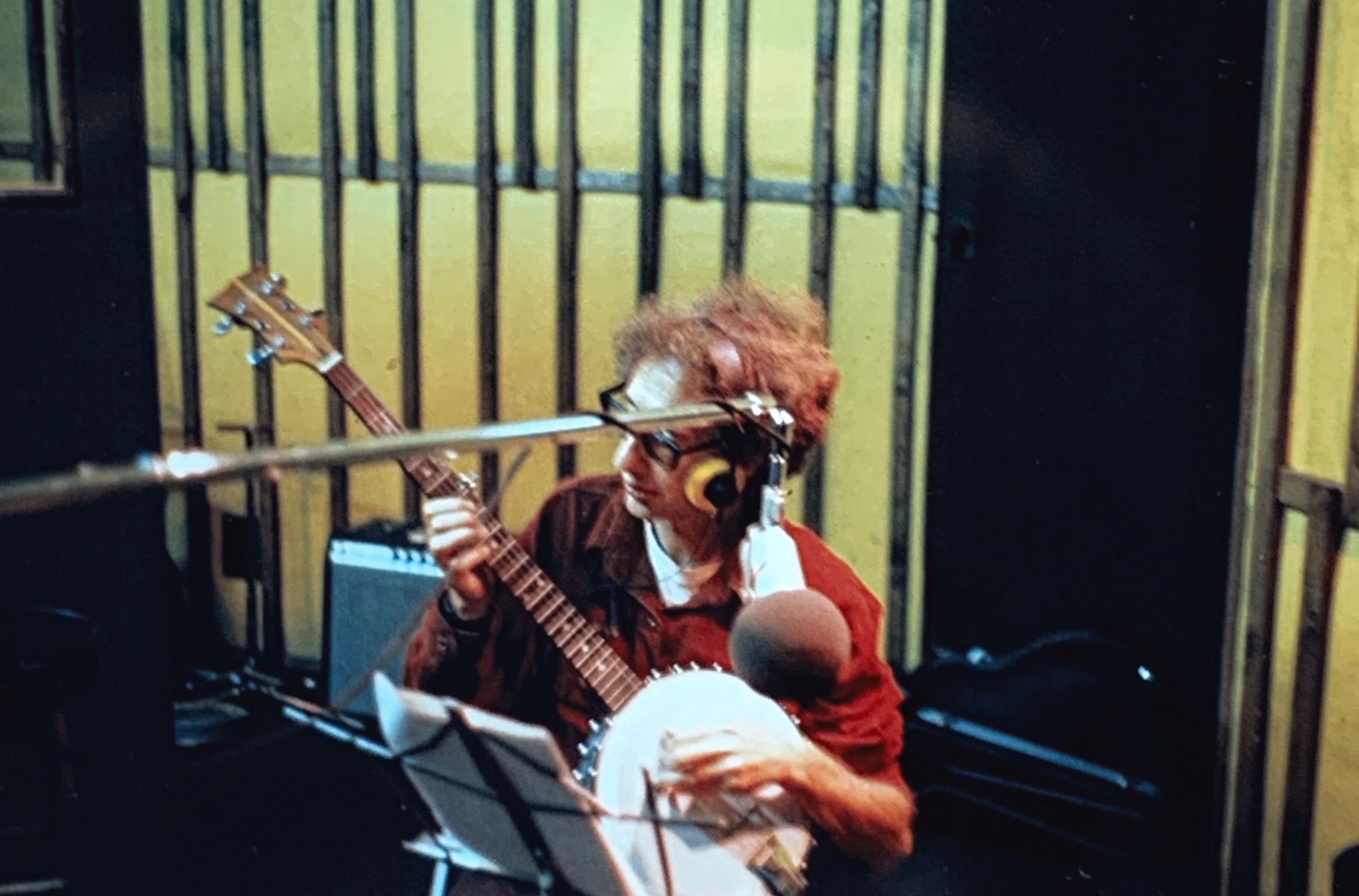
Gary & Dick Weissman
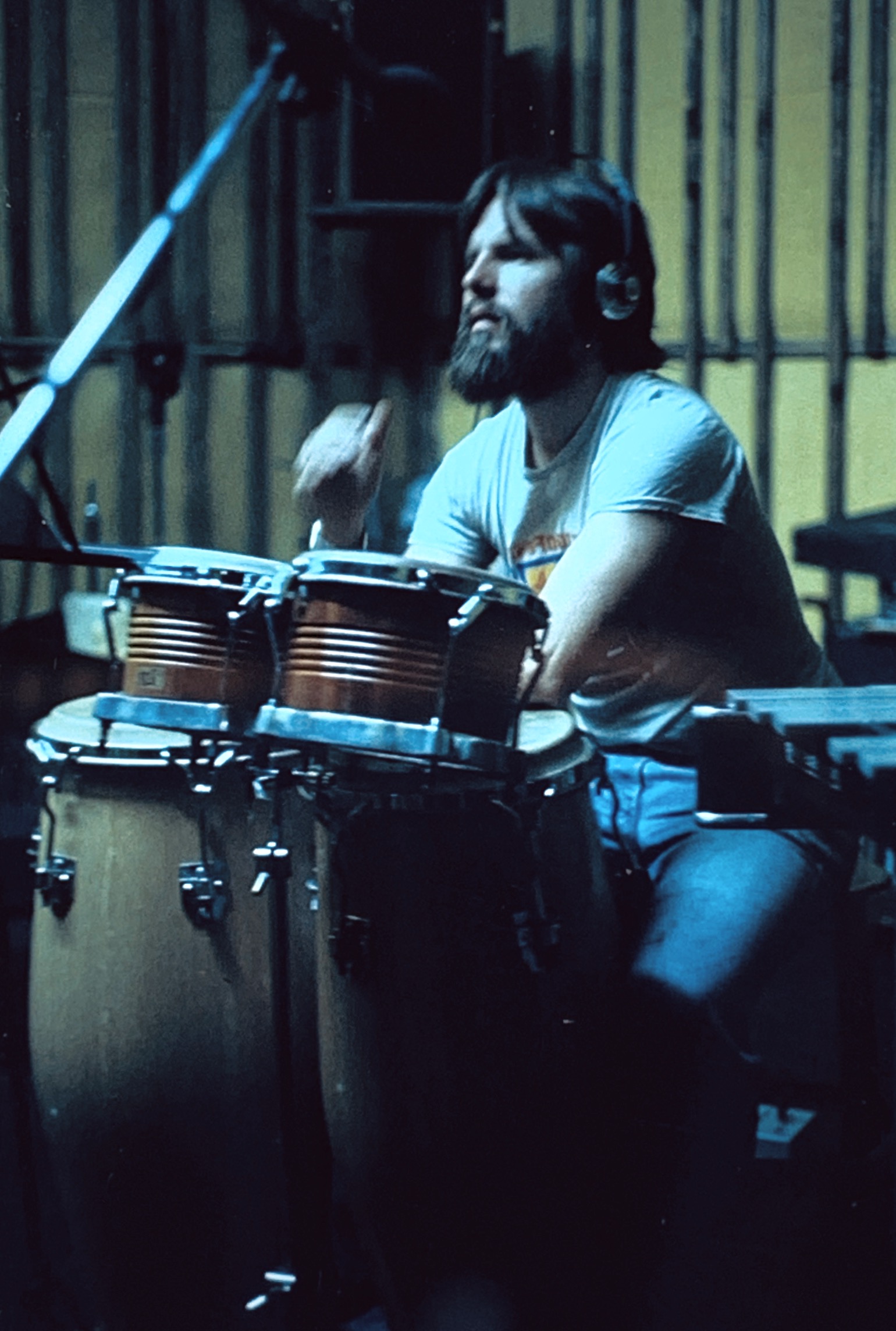
Don Proak
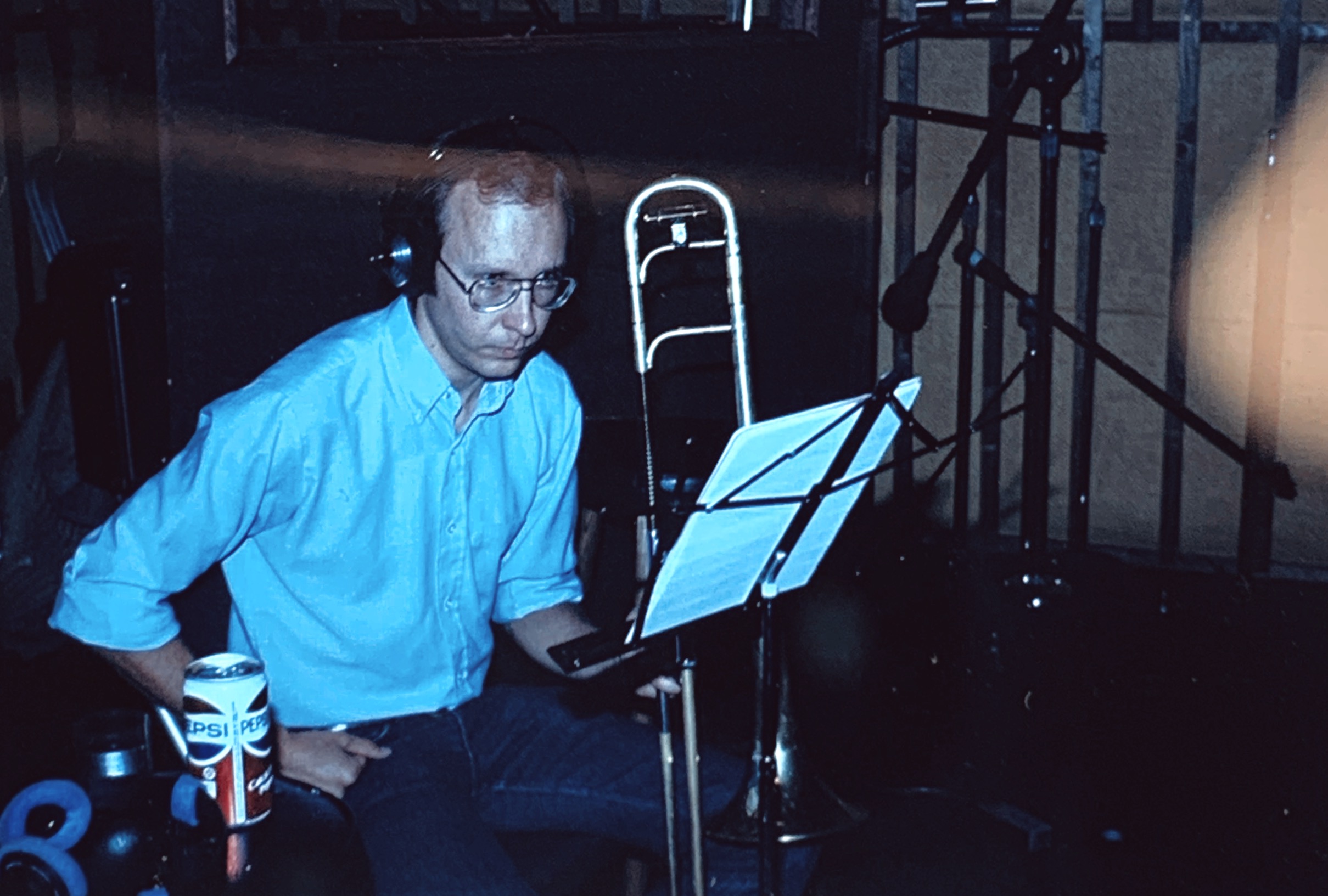
Bruce Lazier

A story of collapse, faith and unheard resonance
Let’s follow the journey of an artist whose story remains painfully not "in-sight".
An exceptionally sad, minimalistic album – maybe the most meaningful point of change in an artist’s life I’ve ever come across.
Keith Reedy was once known as a blind, hard-drinking honky-tonk musician from the Wabash Valley area. His regional hit “Drinkin’ Billy’s Beer” brought him local fame – how bitterly ironic that title feels now, I’ll leave unspoken.
On the website Bibles For The Blind, Reedy openly shares how destructively and selfishly he lived in his early years, shaped by an “I want what I want” mindset.
And to be honest, I see parallel lines to many collectors I’ve come across over time.
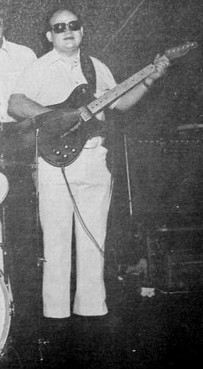
However, Reedy worked relentlessly as a country musician, toured nationally out of Nashville, shared stages with major acts – but remained emotionally and spiritually bankrupt.
His collapse didn’t come dramatically, but quietly.
The shift began when he and his then-girlfriend, later wife Suzie, started attending her church – originally just to get married there.
Suzie also appears in the liner notes of Insight Vol. 1, credited as co-writer on the six-minute track “I Gave Him My Heart.”
What Reedy found in Jesus Christ is something I believe many can find within themselves too.
In times of hyper-individualism, Christian narratives may seem hard to connect with or stand behind.
But maybe they’re as relevant as ever, if you allow them to move inward – to become about self-examination and release.
Reedy offers his story as a mirror – and for me, it arrived at exactly the point in my life where I needed one.
It’s not about dogma.
It’s not about theology.
It’s about emotional rescue.
And musically, Insight is a raw but delicately done work. Simpy Keith and his acoustic guitar, a fine performance, with one uplifting song including bass accompaniment. It's as pure and introspective as these album can get.
Keith recorded the album in his own home studio, using an Otari MX5050 Mark 8-D 8-track and finalized it with a Revox B77 – details he shared with me via email.
Suzie is still by his side.
Keith still plays and records music.
Still deeply overlooked in the noise of today’s culture.
According to him, 500 copies of Insight were pressed.
Some are still with him.
Still sealed.
Still unheard.
Scroll down, start the second video, and let's go!
While researching Toni, aka Ron Lucca, I stumbled upon some truly breathtaking moments and insights from his past.
I was completely captivated by the anecdotes shared by Mike McGettigan, the bass player on Ron Lucca’s only LP, released in 1978.
Ron Lucca started building his own guitars back in 1969. This hobby eventually turned into his business, later known as “Lucca Guitars” — instruments crafted with such care and quality that they’re rarely seen these days.
McGettigan's and Lucca's first encounter was likely at the Piano Tuners Guild in Philadelphia; both were active members. Mike remembered how he somehow ended up in Lucca's living room, auditioning - playing his Fender Precision bass through an Ampeg B-15 amplifier–in those days, considered the ideal setup for electric bass tone back in the day. He recalls Lucca as a Leader, and he meant that in the best possible way. Lucca could play almost any song by ear during their live shows. He relied on his powerful memory and knowledge of song structure to take audience requests. McGettigan confesses that he couldn't always keep up: "I would have to watch Toni's hands for chord changes like a hawk." McGettigan recalled the nervousness and if he saw Lucca’s back while playing, "...that meant he expected me to know where I was going, ha."
There was one strict rule in the band: always wear a jacket and tie. Their drummer, Bob Taylor, was very young, but a seasoned professional — he had played everywhere, following in his father's big-band footsteps. "Bob could get a cigarette out of the pack, light it, and not lose a beat on the drums," McGettigan laughed.
The nightclub scene could be challenging. "There was this really tiny spot called 'Al's Little Cas-Bar', where Al would gesture frantically from behind the counter to our drummer, asking him to play more softly, even with brushes!"
Toni, like a few other imaginative pop guitarists, would sometimes run his guitar through a Leslie organ cabinet–its rotating speakers helped him get a fuller sound both on stage and in the studio. "We also remembered it because Leslie cabinets are one seriously heavy piece of furniture, that no one enjoyed moving to and from the gigs," McGettigan recalls.
For Lucca, playing his own compositions was paramount. That’s why they quickly went into the studio to record his one and only vinyl album. Mike wasn’t a professional bass player and still wondered why Lucca had chosen him for Toni & Company. "Both Bob and Toni had "chops" that I didn't have–to be honest, I was just barely hanging in there," McGettigan says. "I sometimes think I got hired because I had a sense of humor and was easy to get along with, more than my bass parts."
Toni admired George Benson deeply and was taught by old Italian and Black jazz musicians — and among his main influences was Lucca's long-time teacher Joe Sgro, a legend in Philly's jazz guitar community. Sgro would transcribe Paganini violin solos for guitar, and the tribe of virtuoso jazz guitarists in Philadelphia were in demand for studio and touring work in those days.
By 1978, Lucca's classically-influenced jazz style wasn’t exactly in vogue anymore, but he stayed true to what he cared about and loved. And that’s something I deeply feel throughout the recordings: a true artist with his own vision, striving for musical intimacy and perfection, not fame or the pressure to adapt.
Toni & Company played together for perhaps a year. After they disbanded, McGettigan and Toni fell out of touch, something he regrets. He went on to drum with the punk-funk band “The Stick Men” and bass in the John Cadillac Band before leaving the music world to work as a journalist and more recently, as a bicycle shop owner and writer.
I’m honestly overwhelmed by the album. The mix of raw spontaneity and Lucca’s outstanding guitar work leaves a lasting impression — a reminder that imperfection can be the hallmark of a pure moment, a lifetime feeling that no measurement can recreate.
Even Toni’s handicap (he injured some fingers on his right hand, working in a factory, which cut short his classical guitar studies) never stopped him from becoming one of the greatest guitar players I’ve ever heard.
One anecdote that stuck with me was how McGettigan recalled Lucca carefully wiping down the neck of his guitar after every gig, before gently placing it back in its case. A simple yet powerful memory that speaks volumes about how much music and the guitar meant to him.
After Vincent Gallo brought attention to this album through Discogs, I was lucky enough to find a copy for about $8 there. Now, the last one sold on eBay for $250. It will be fascinating to see where this hidden gem travels next in the world of crazy collectors and music lovers.
Toni Lucca & Company is featured on RPM 002